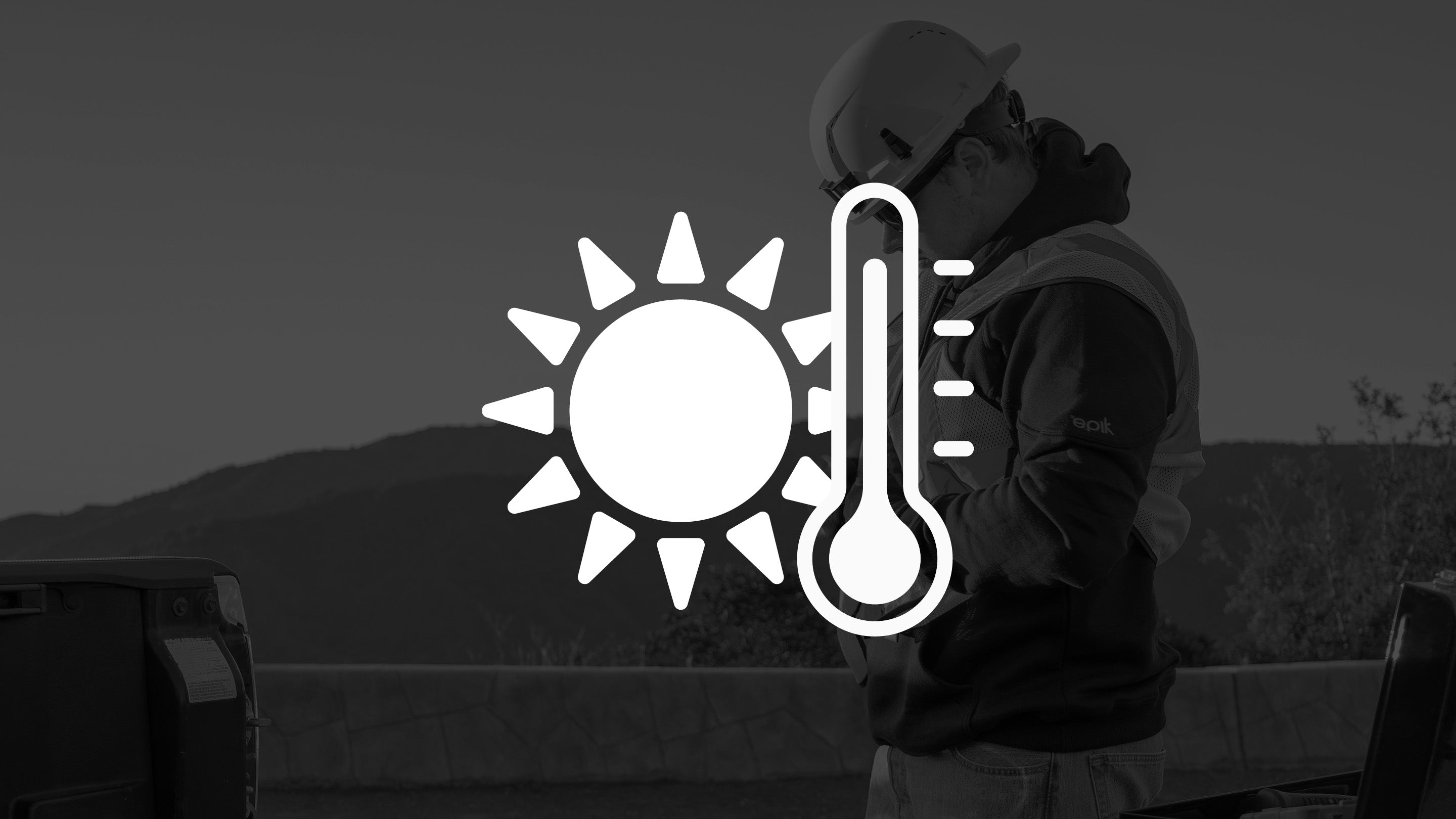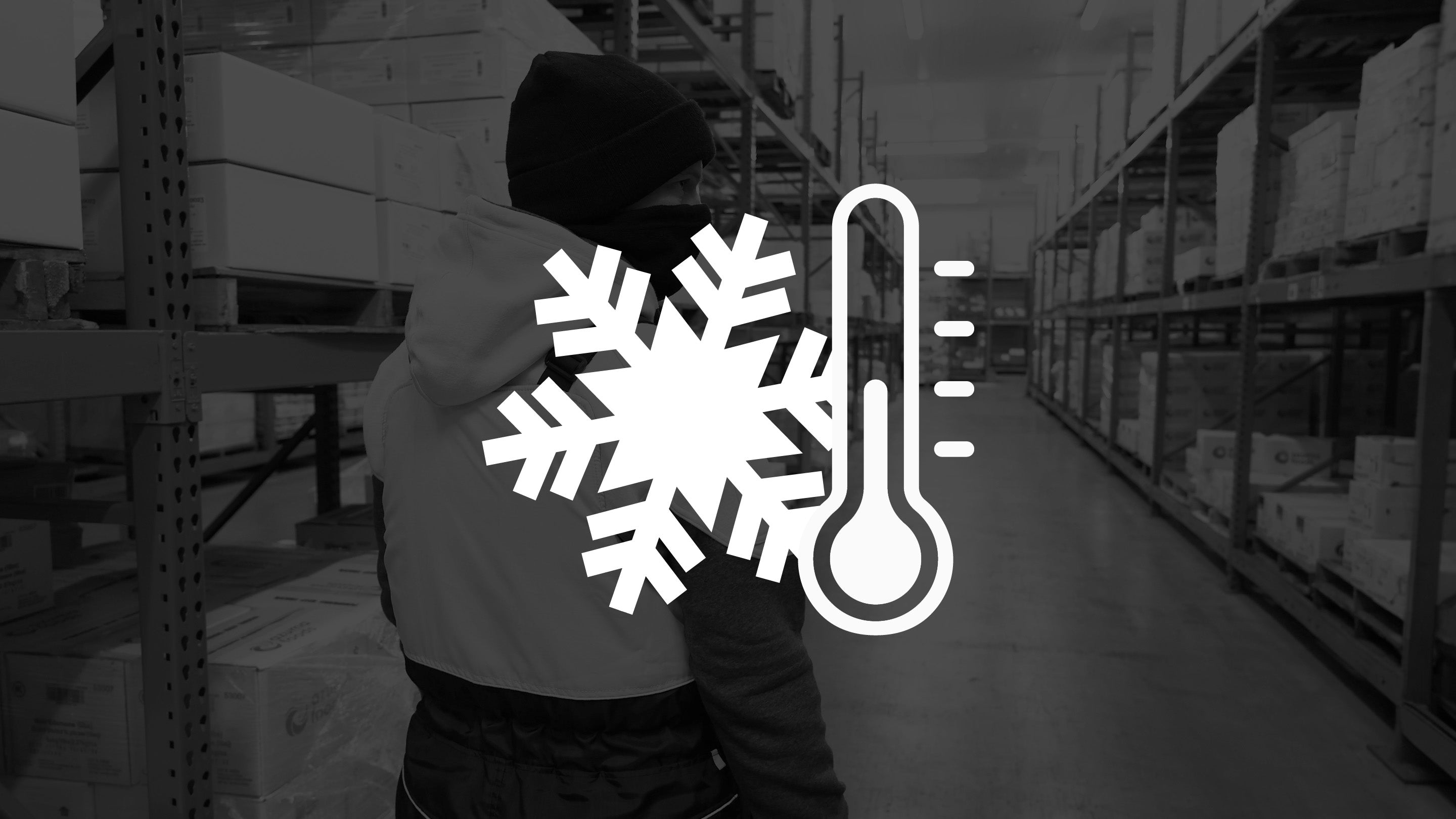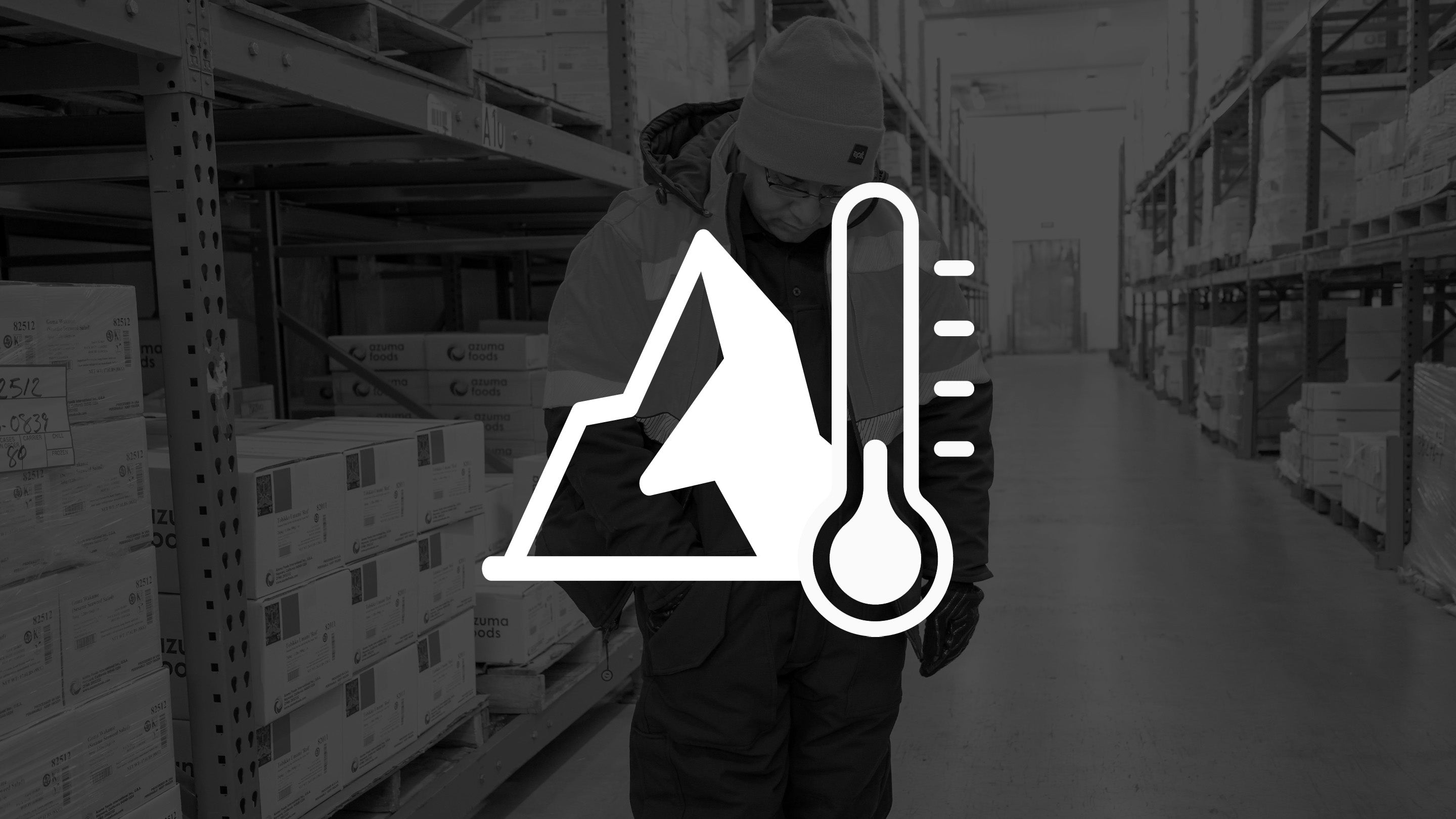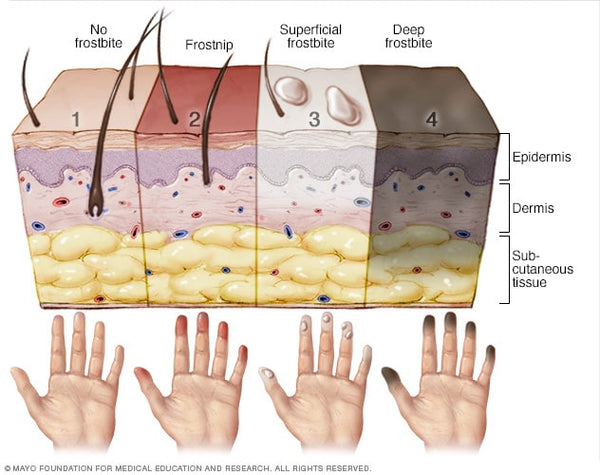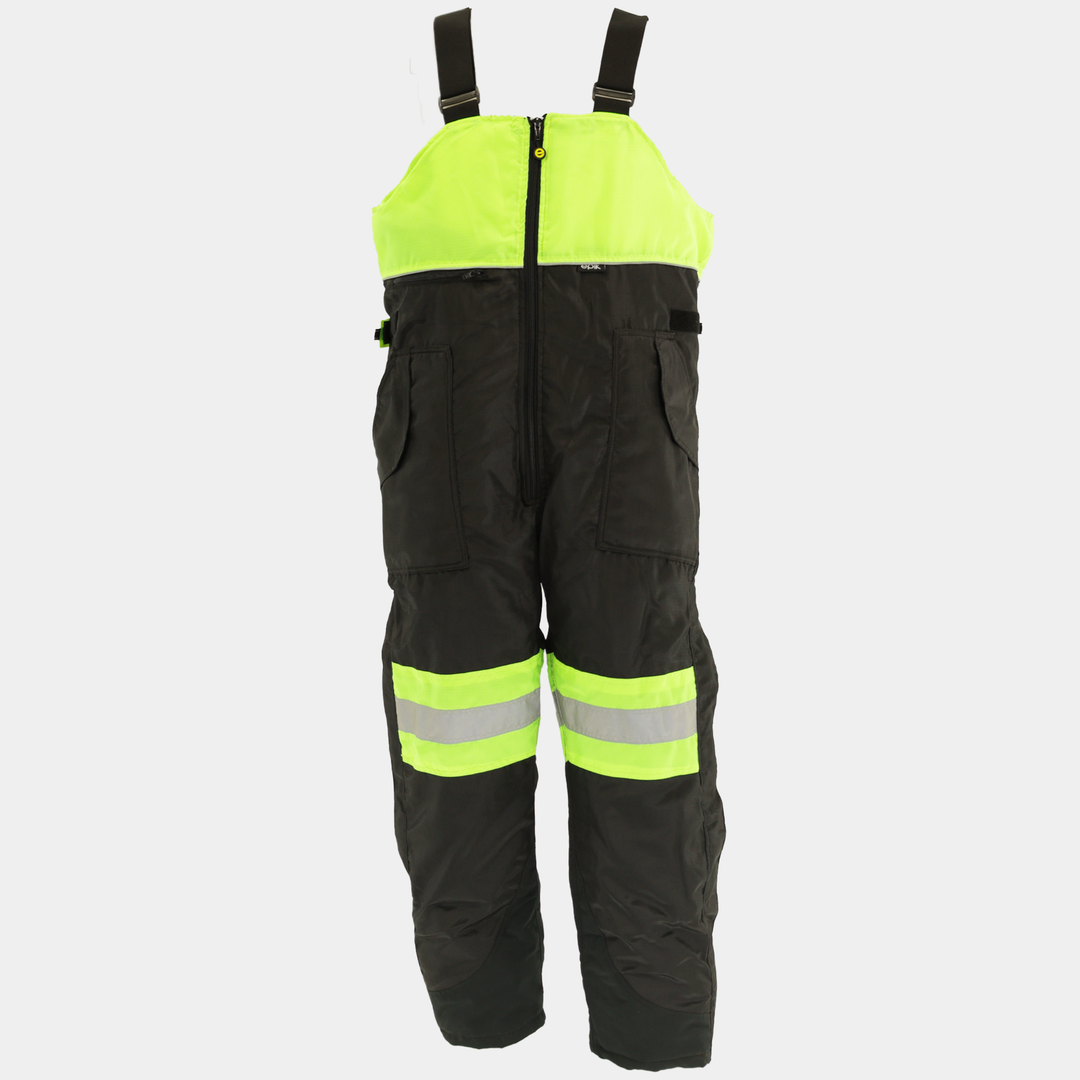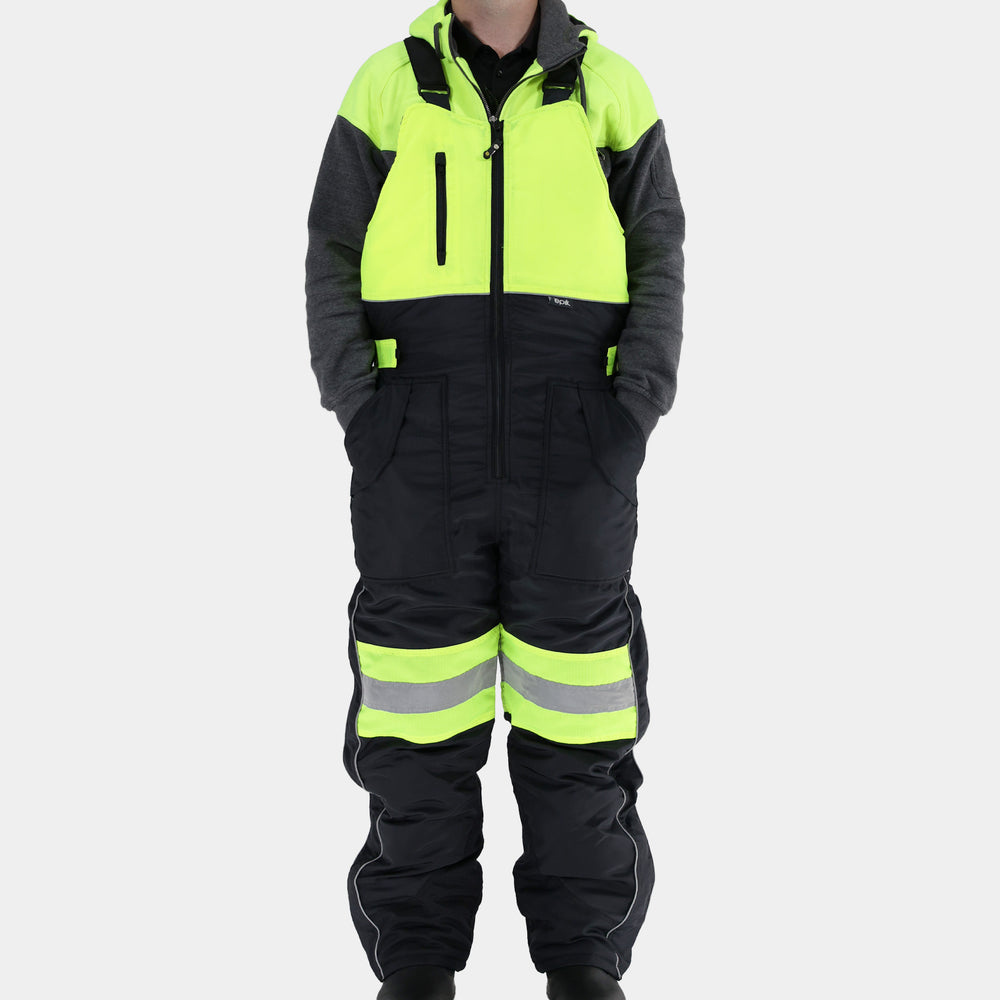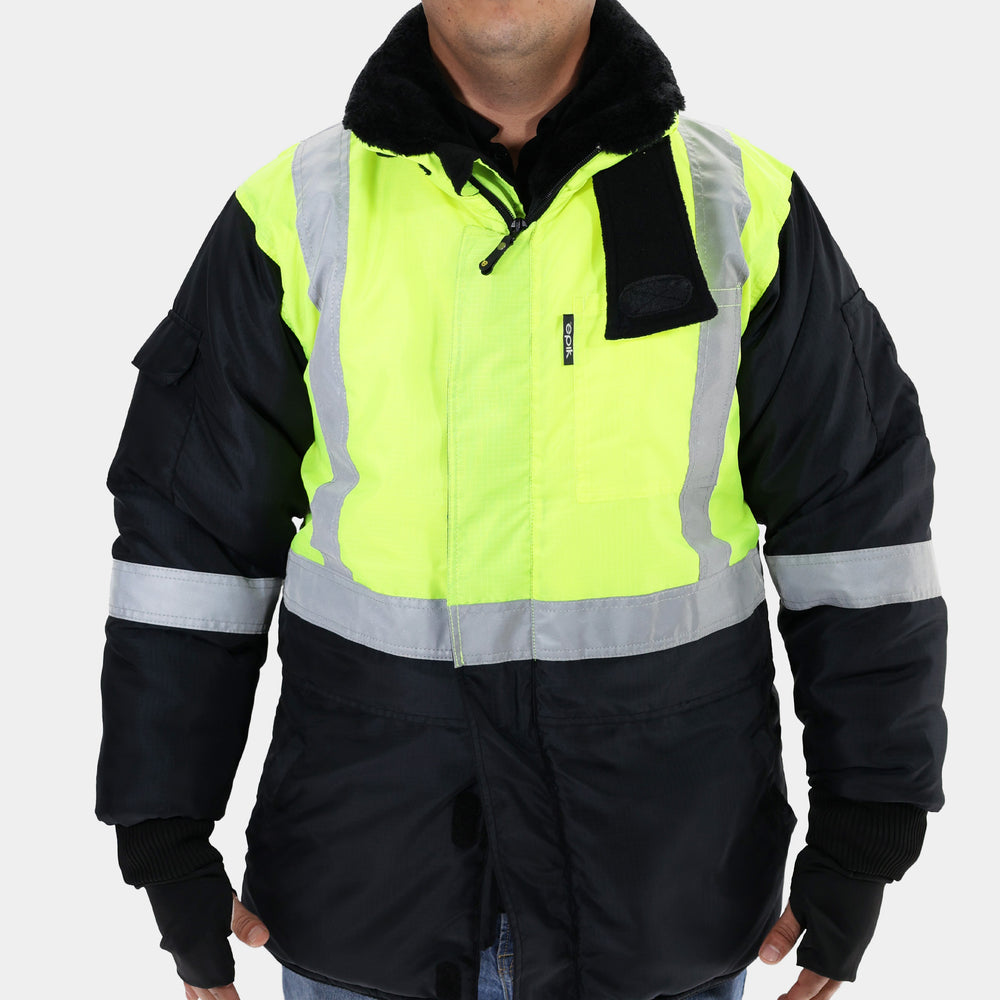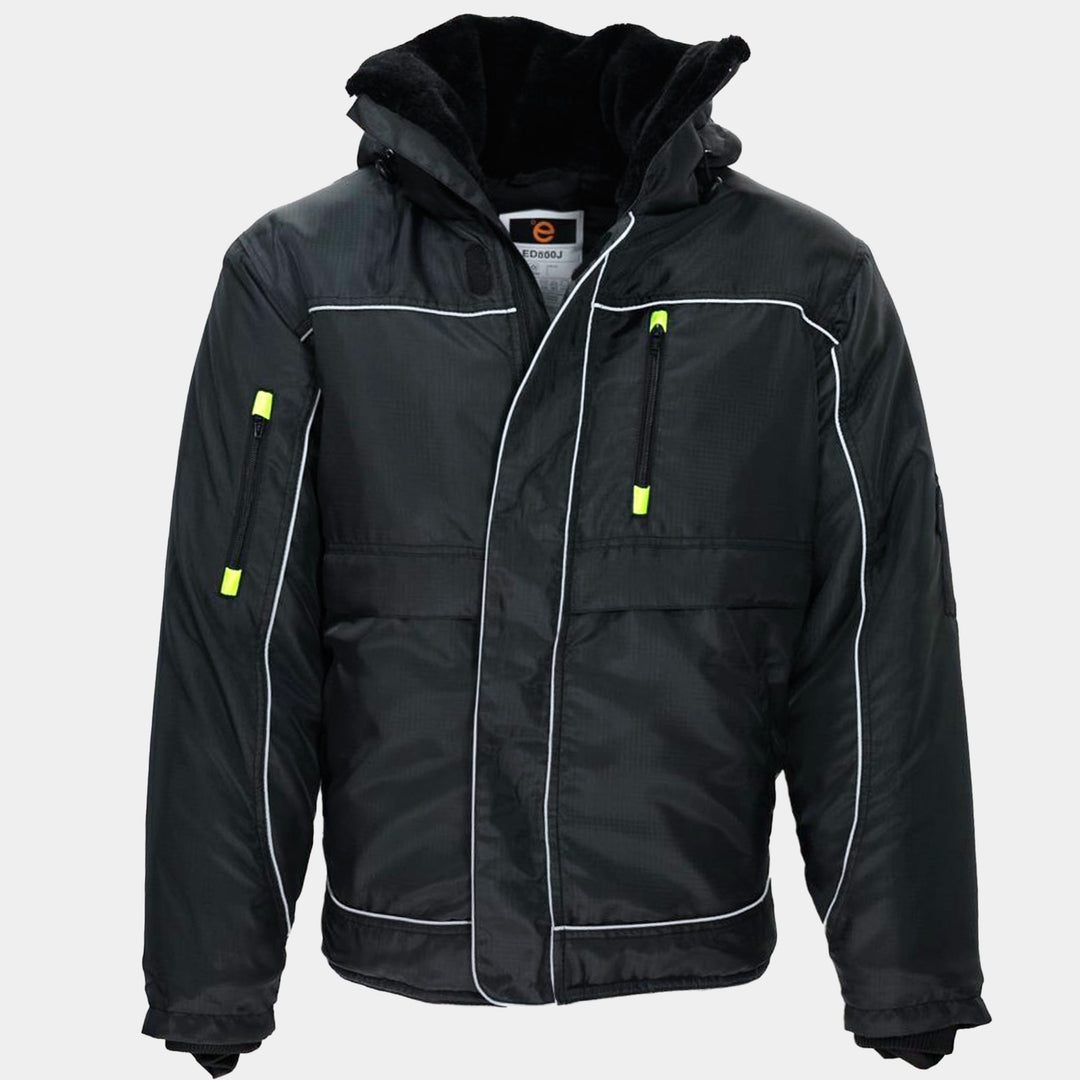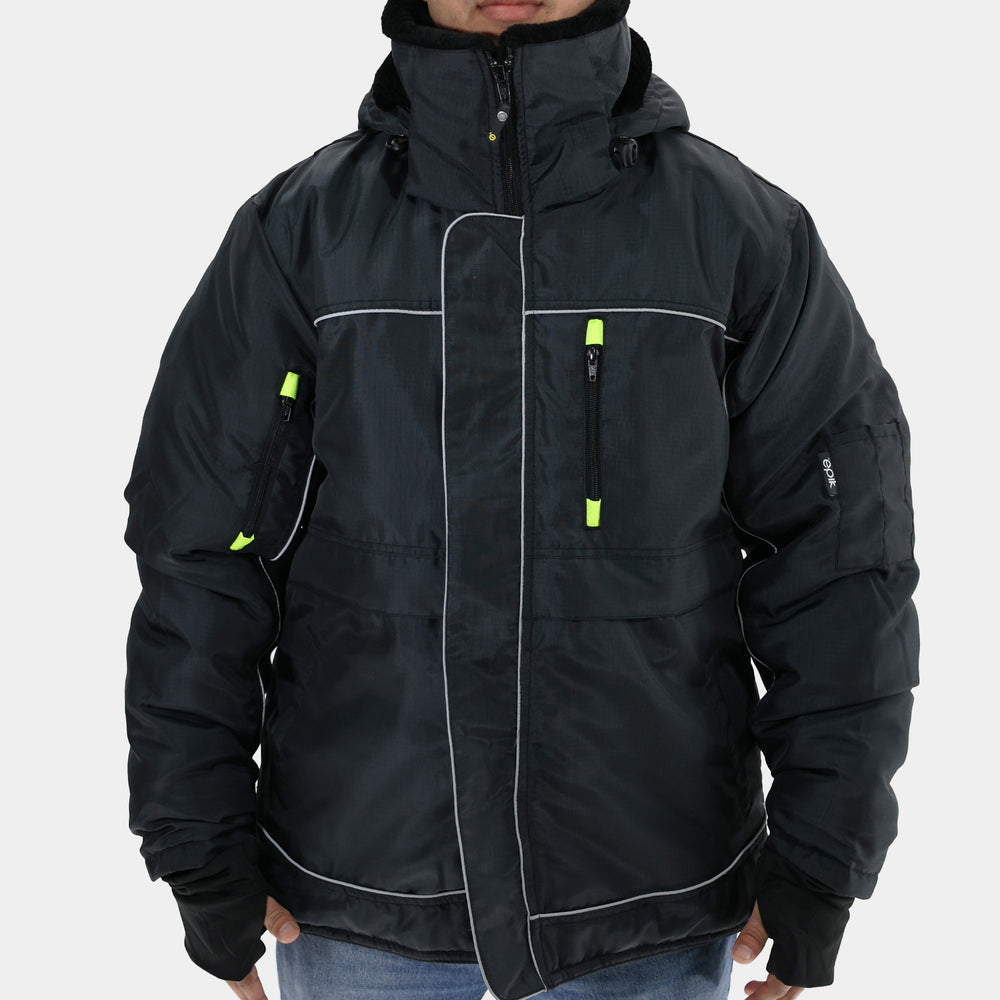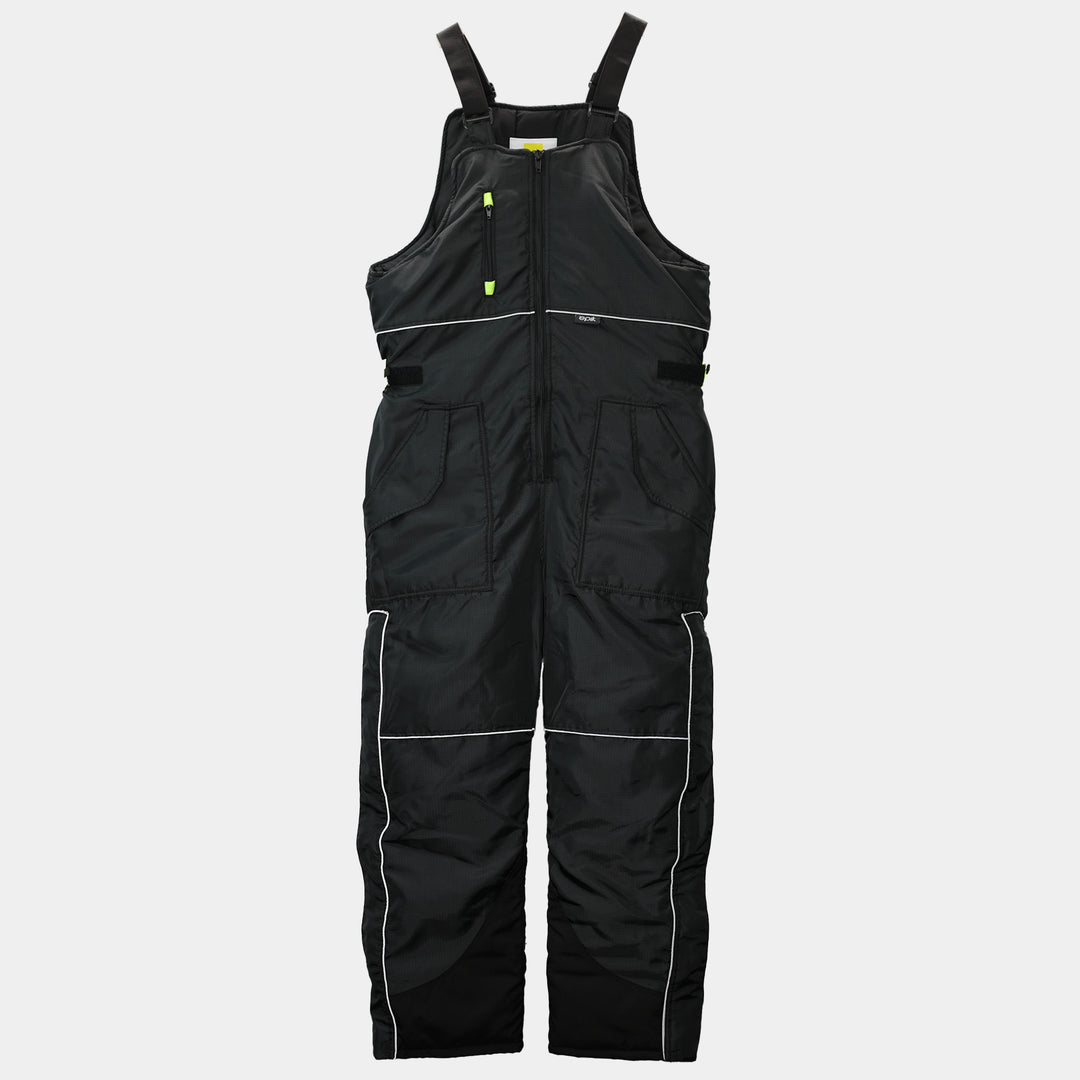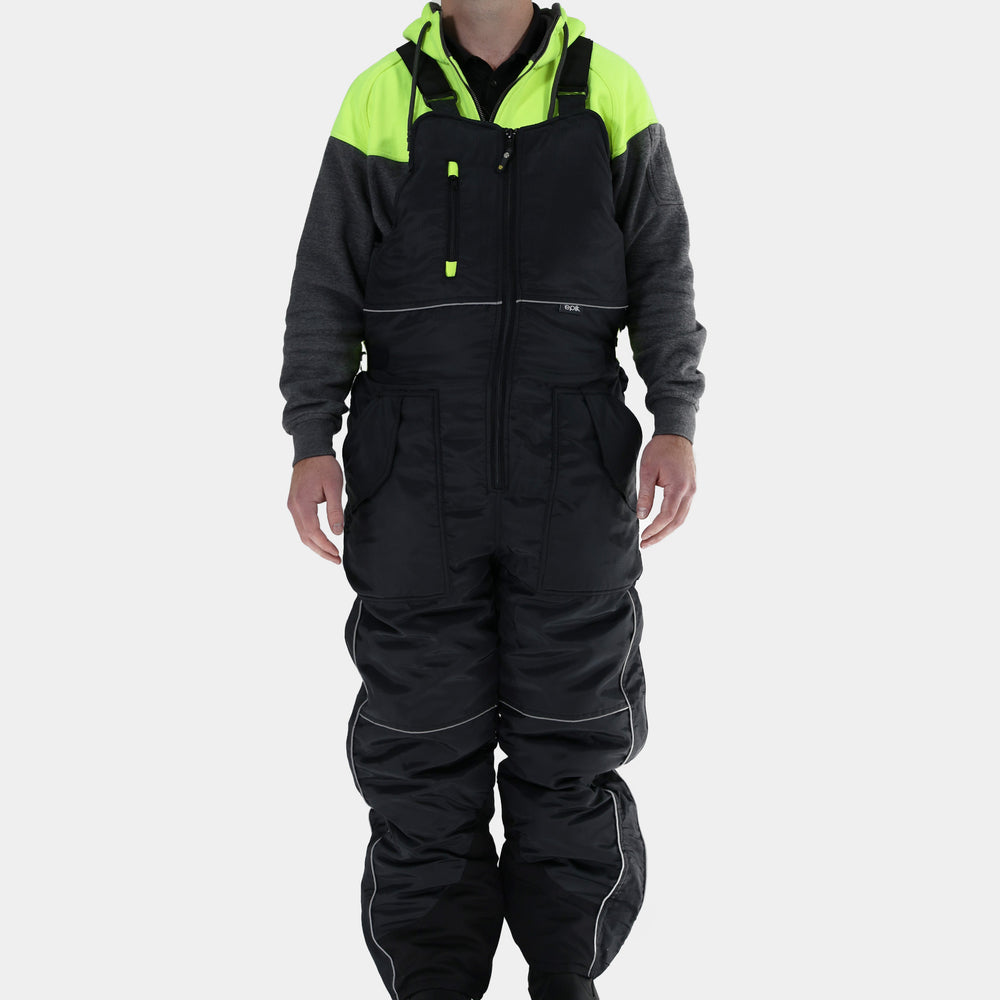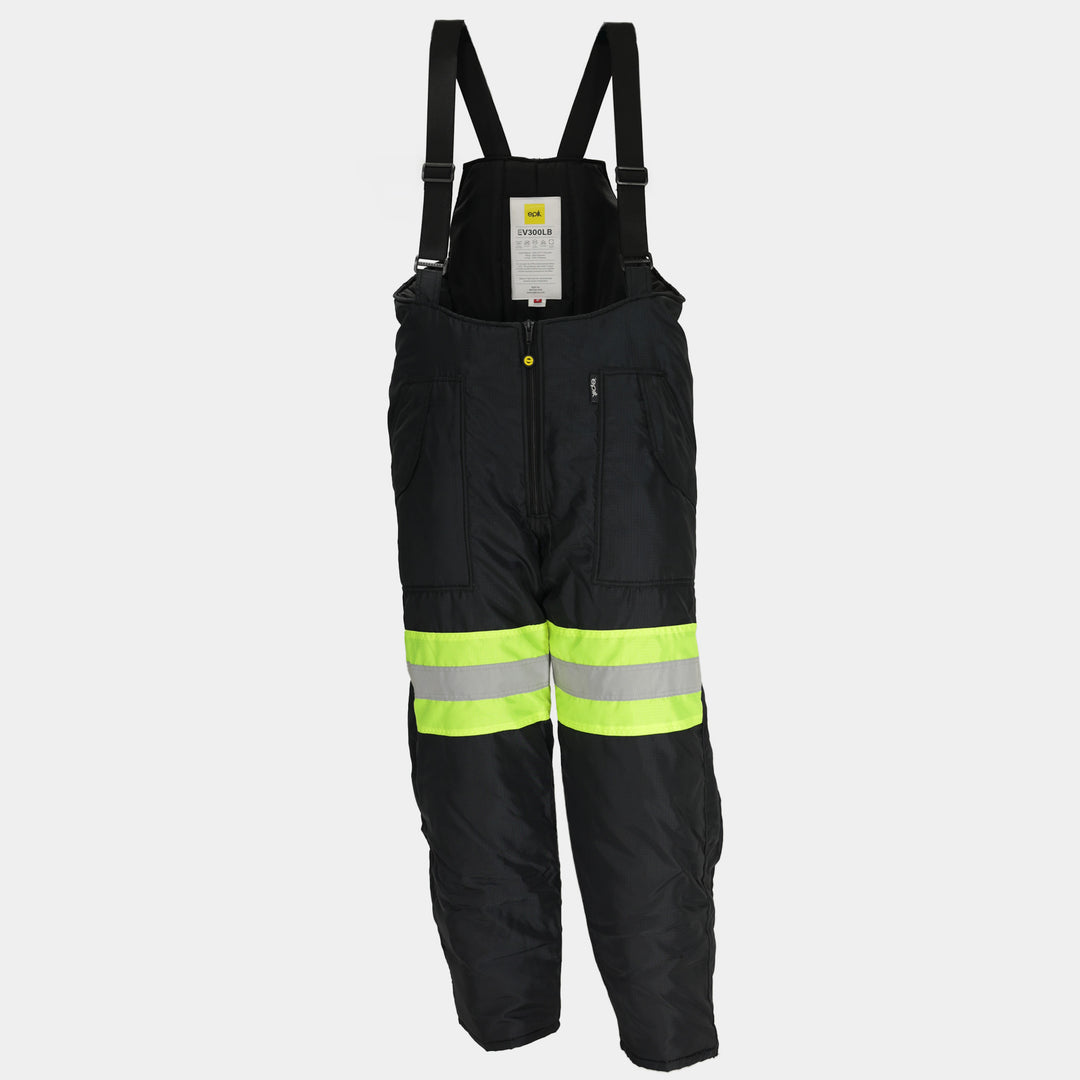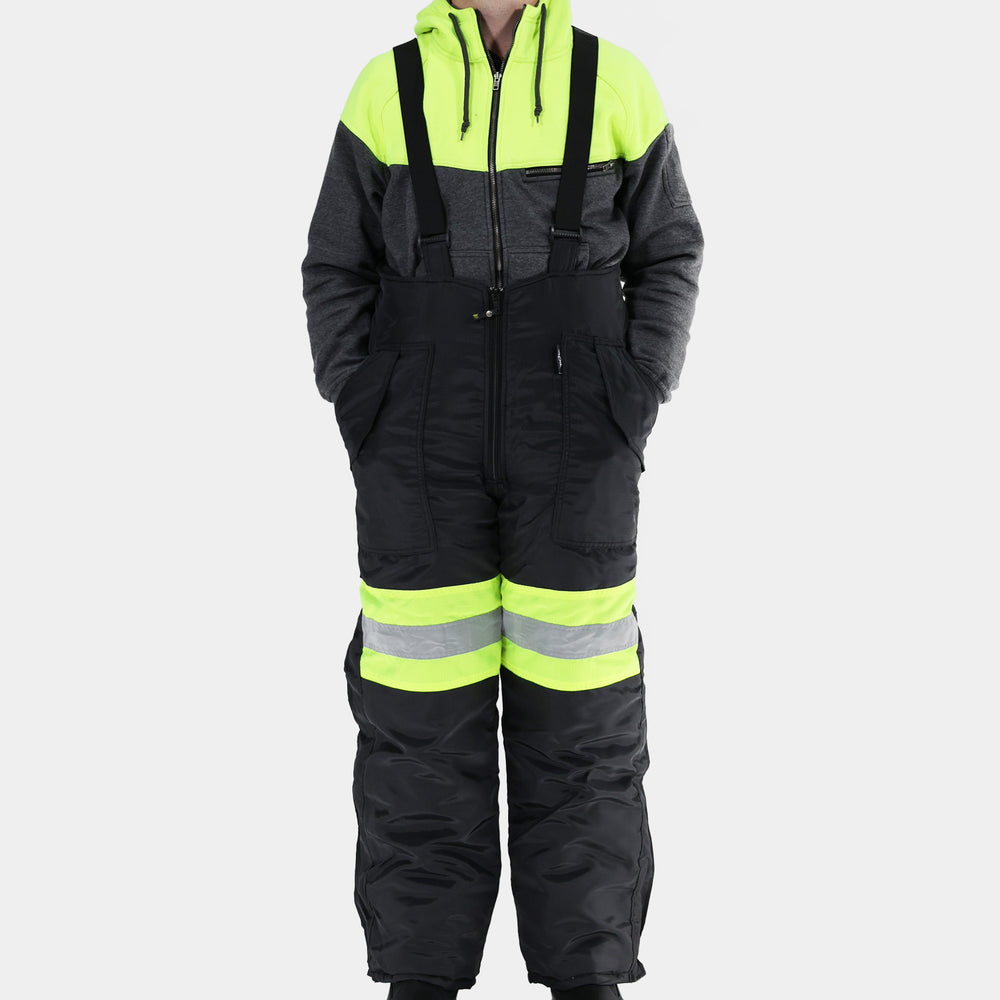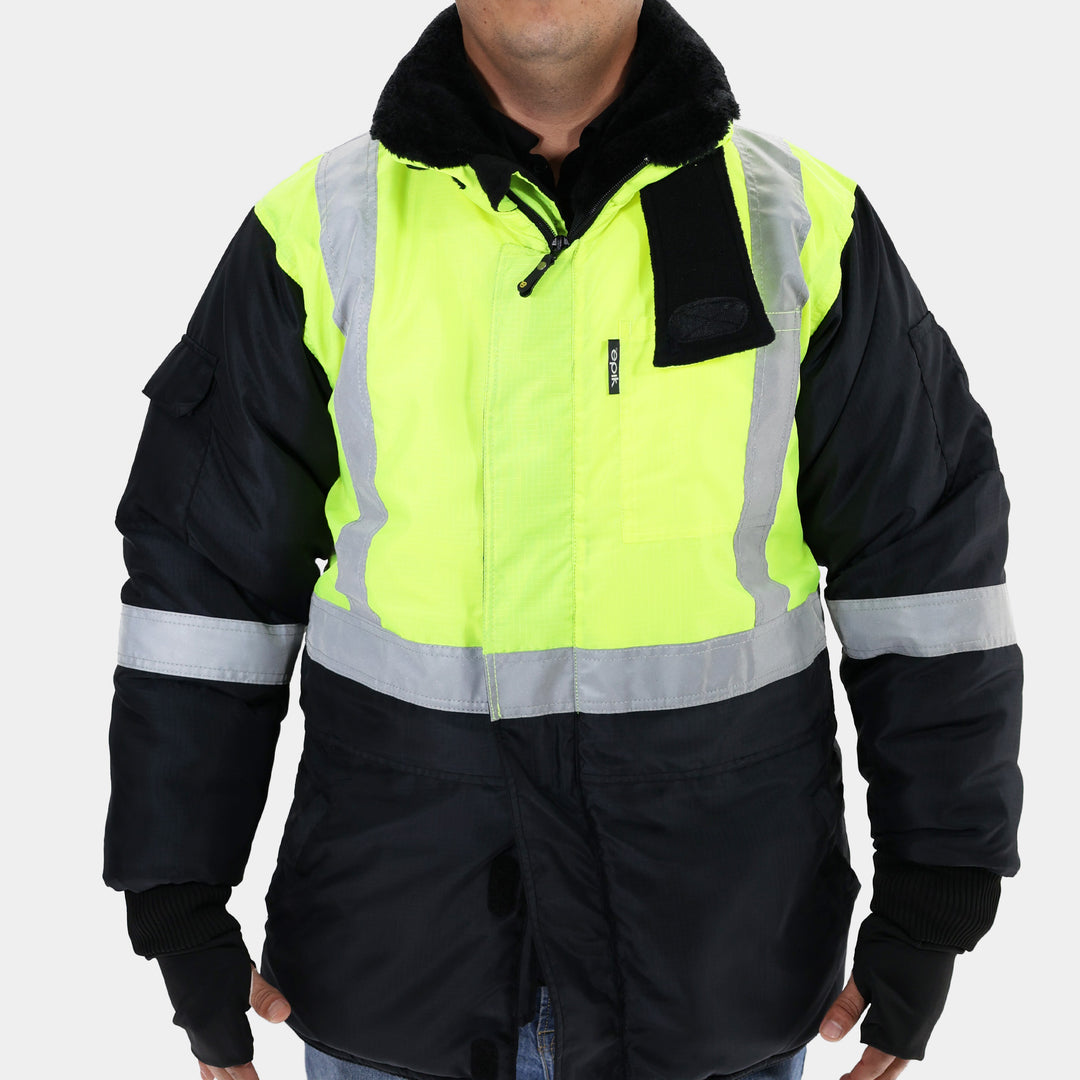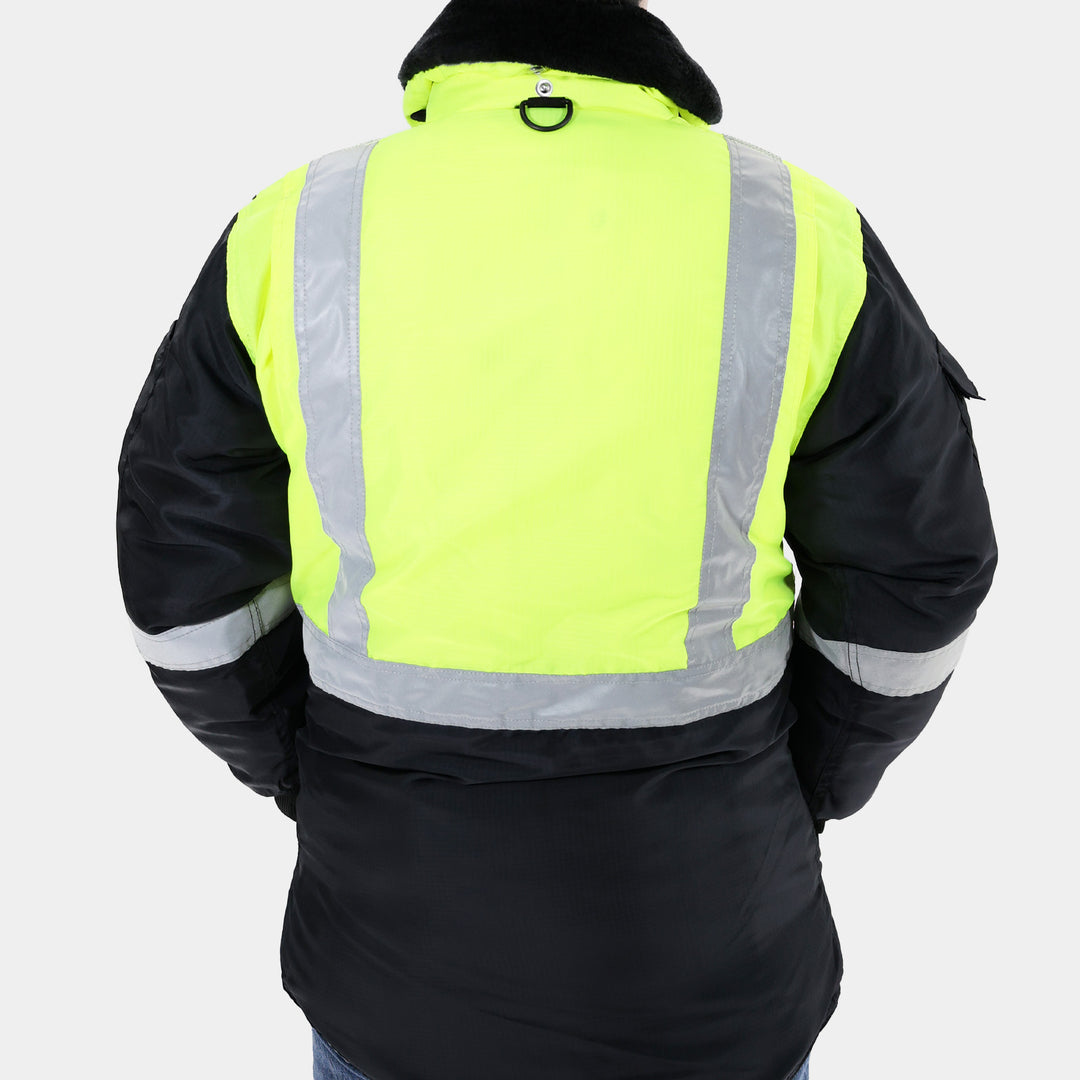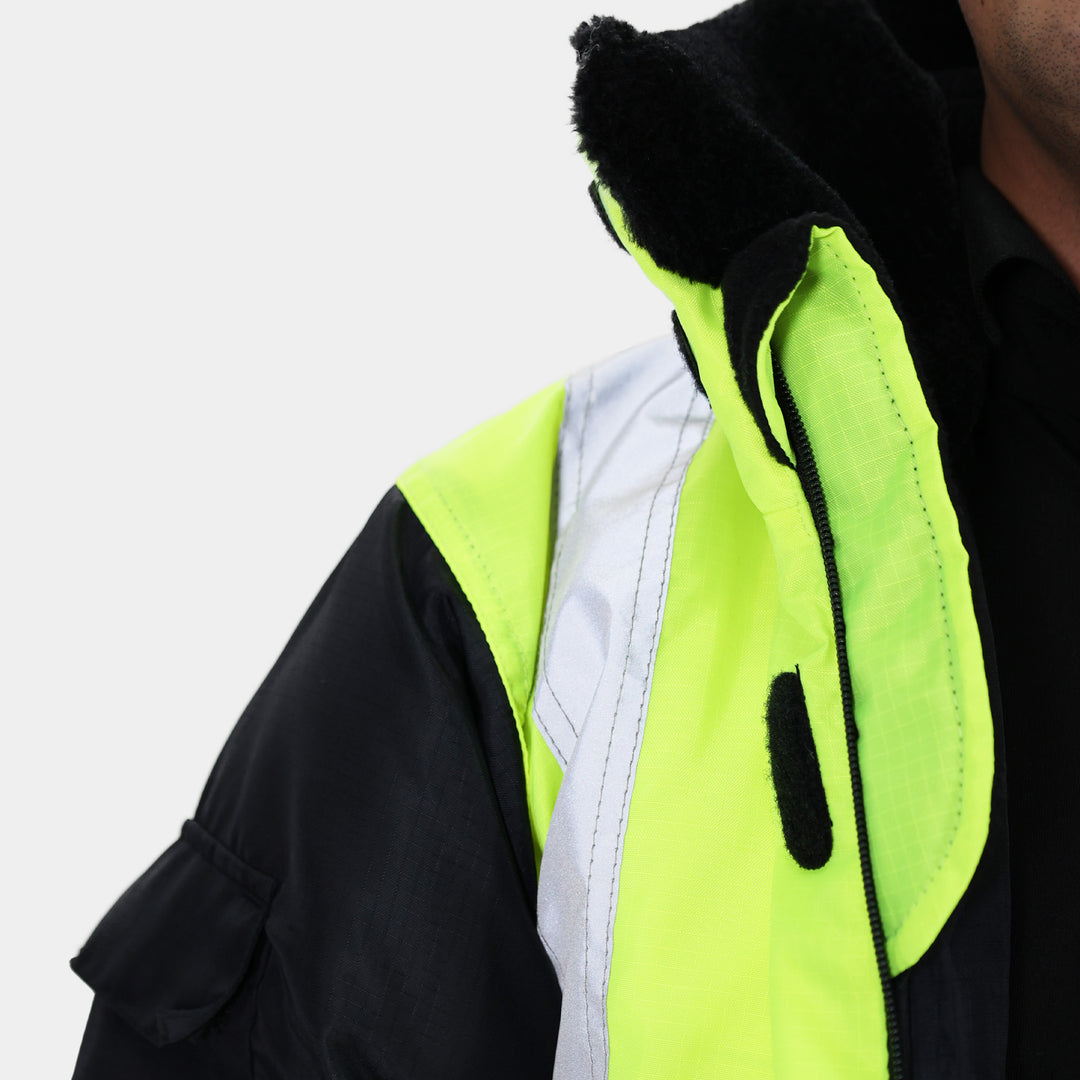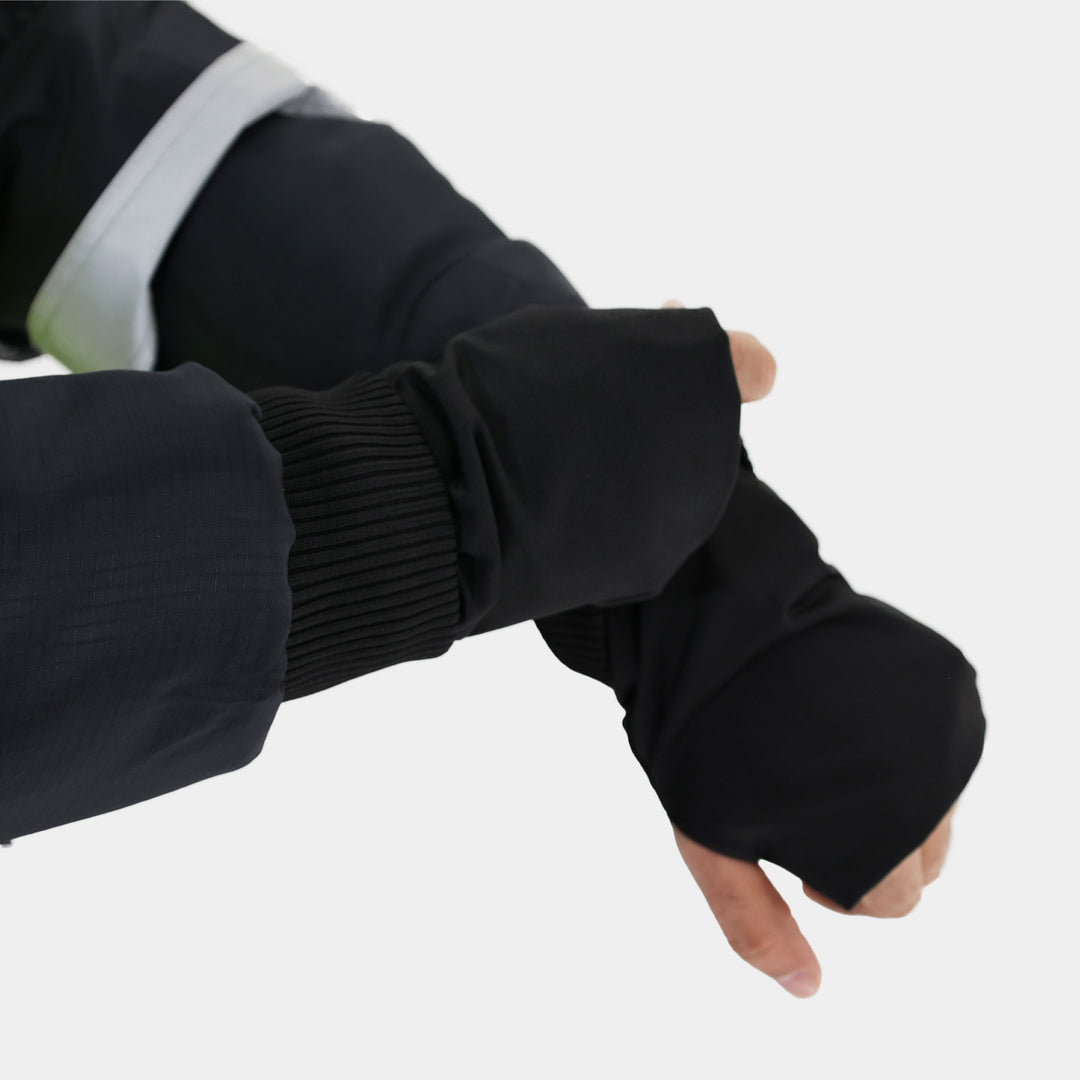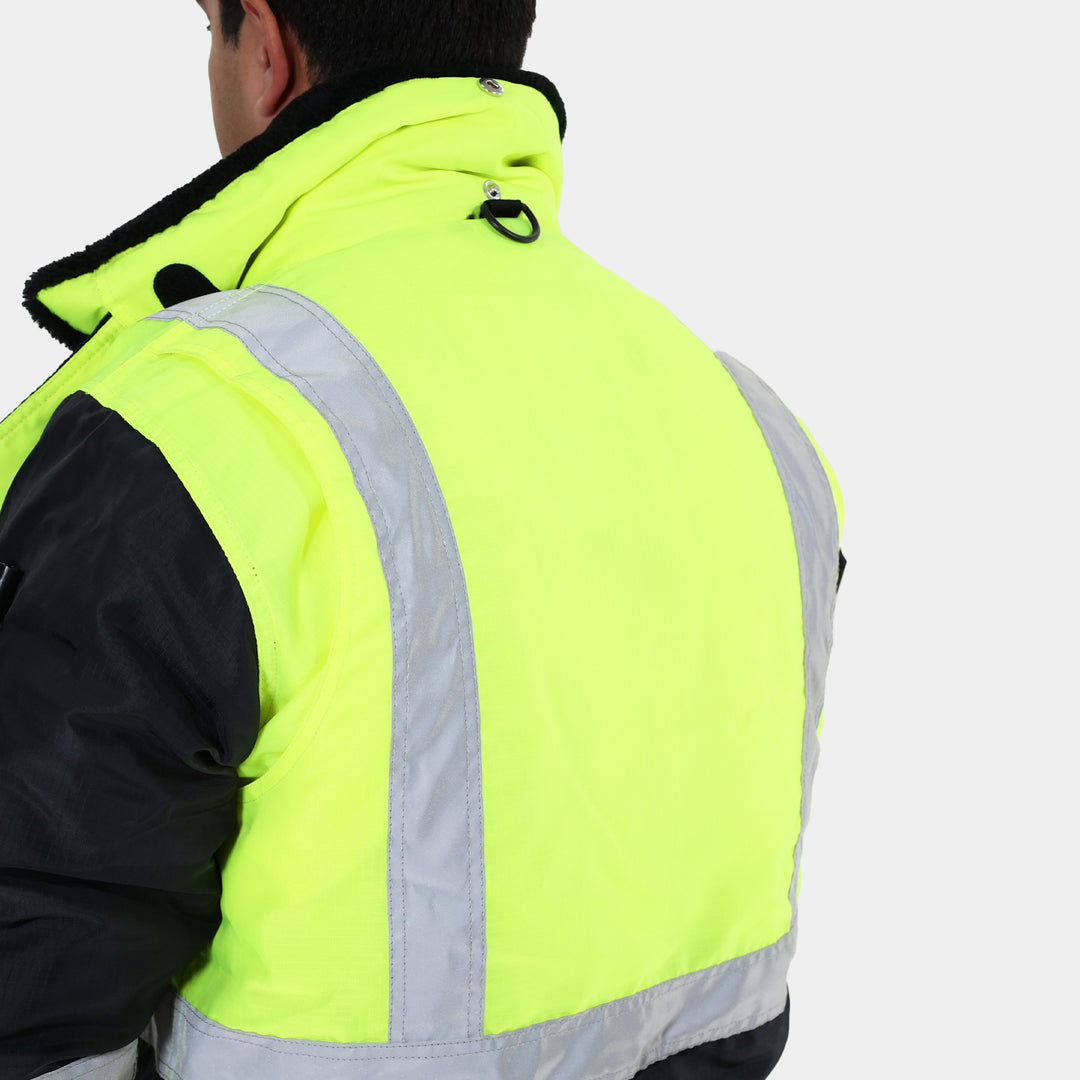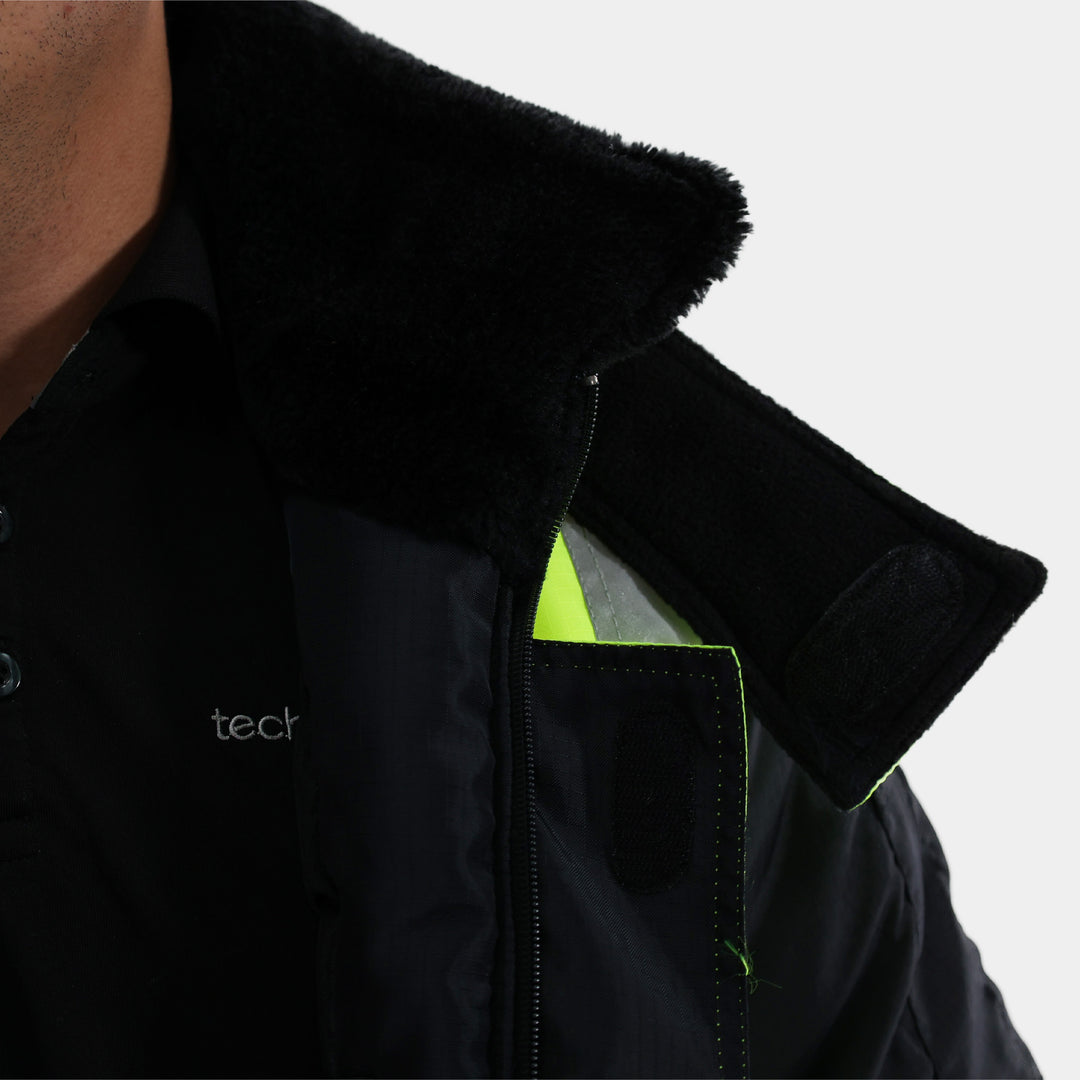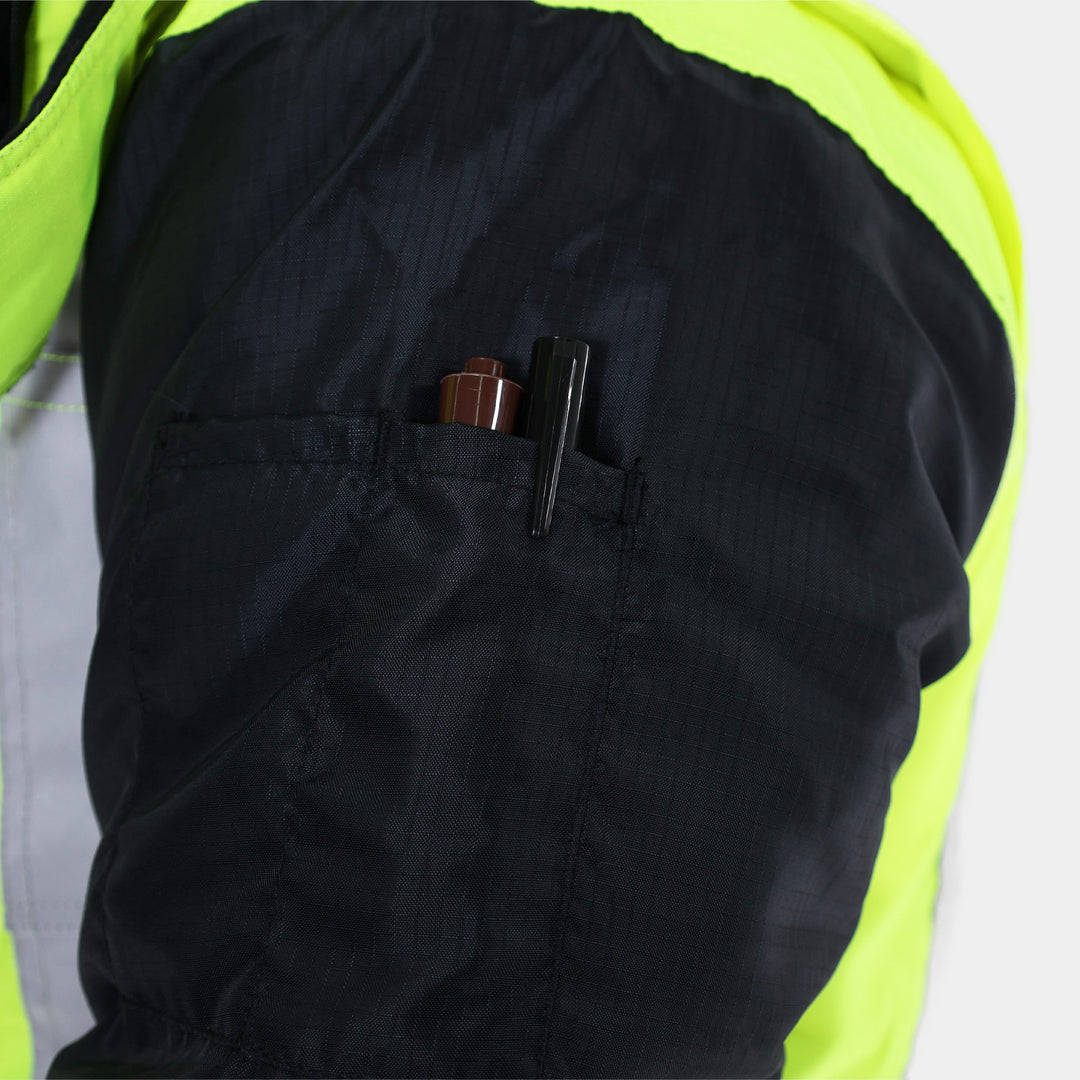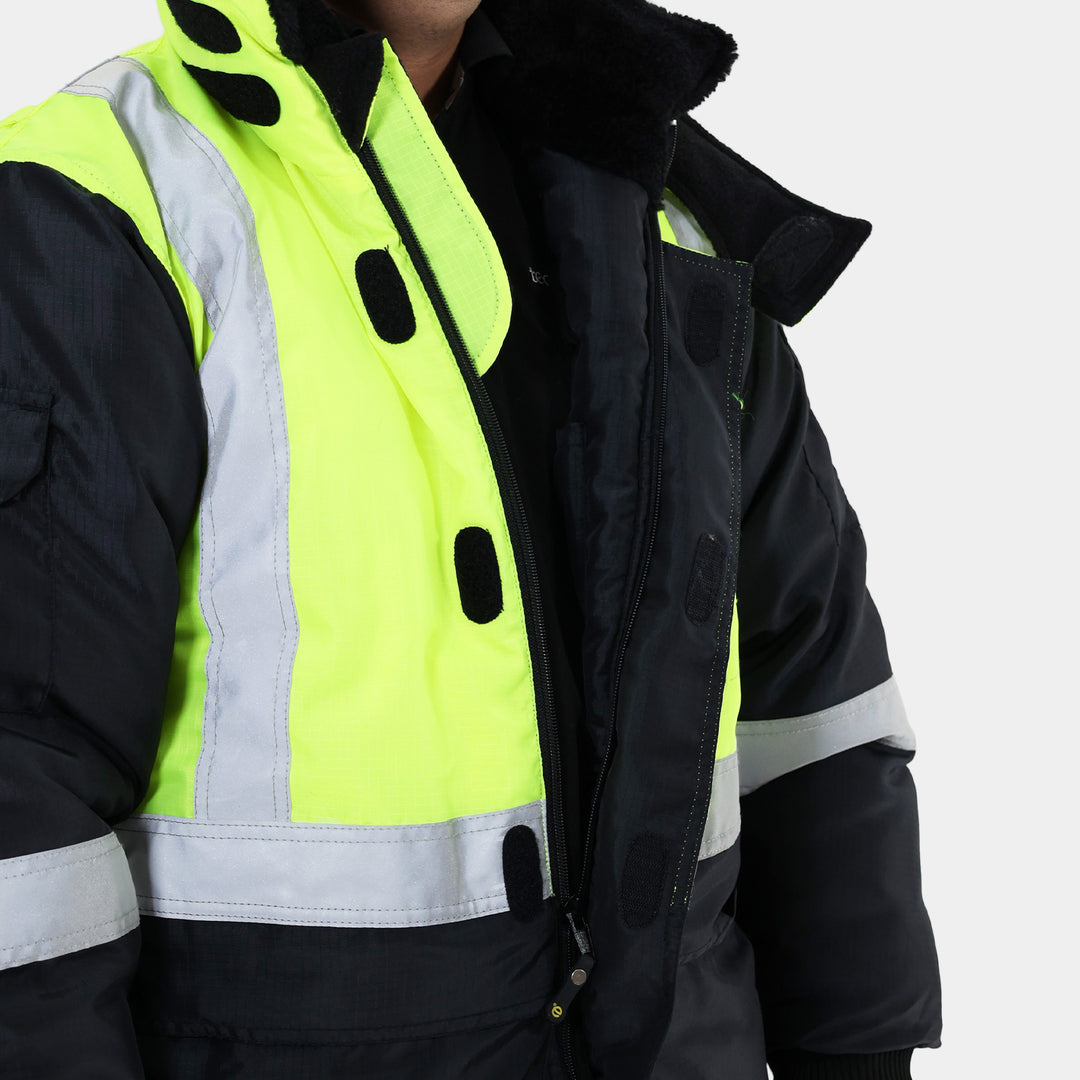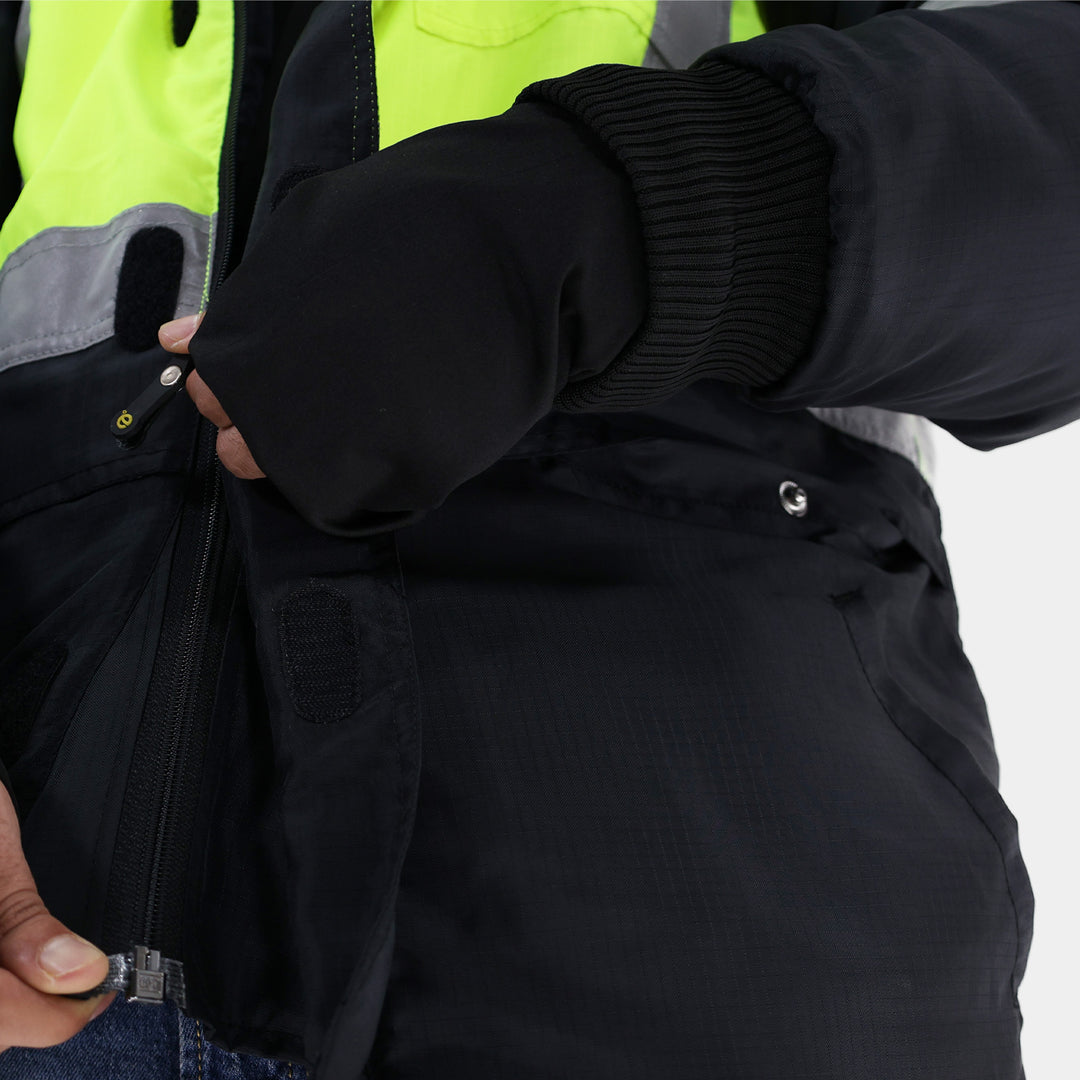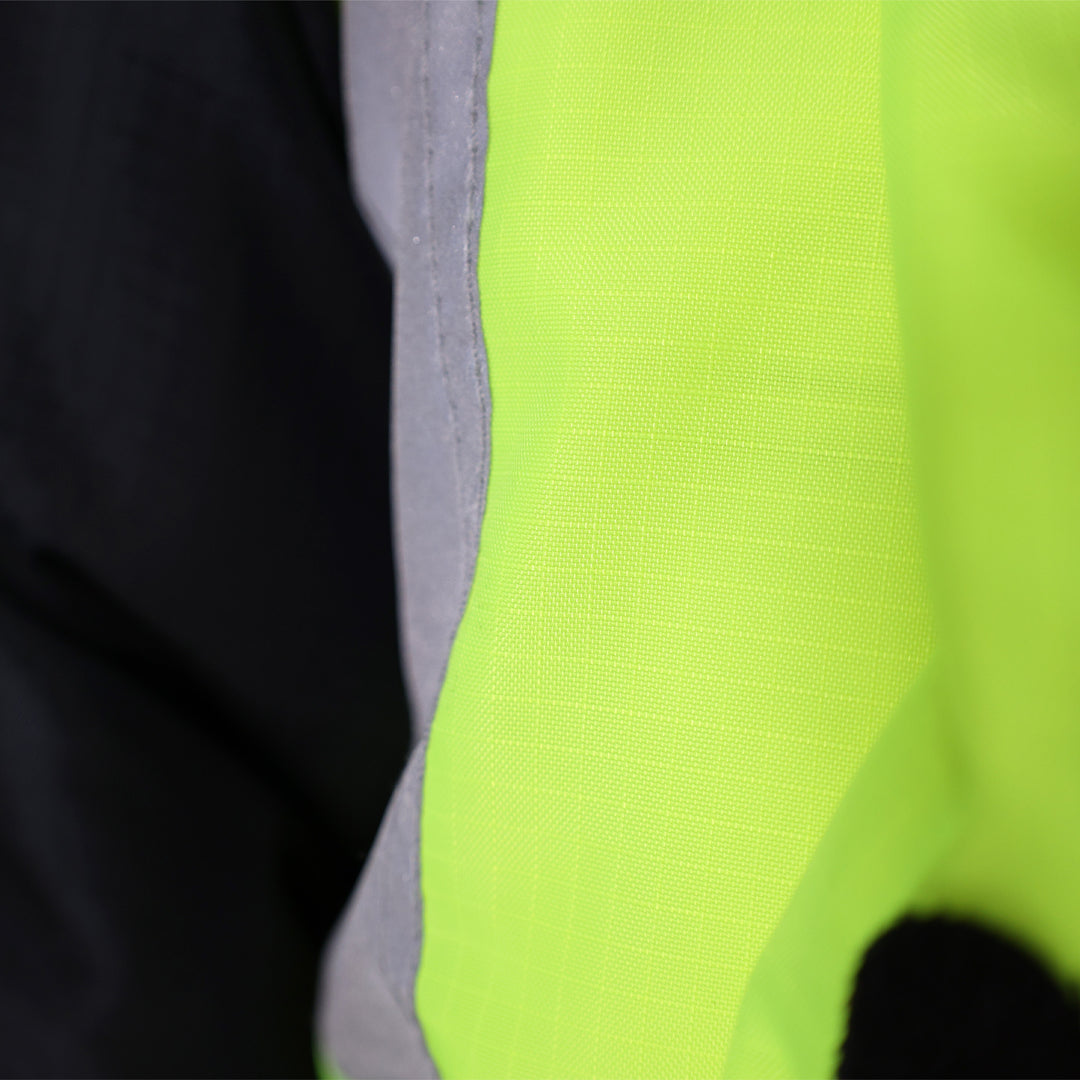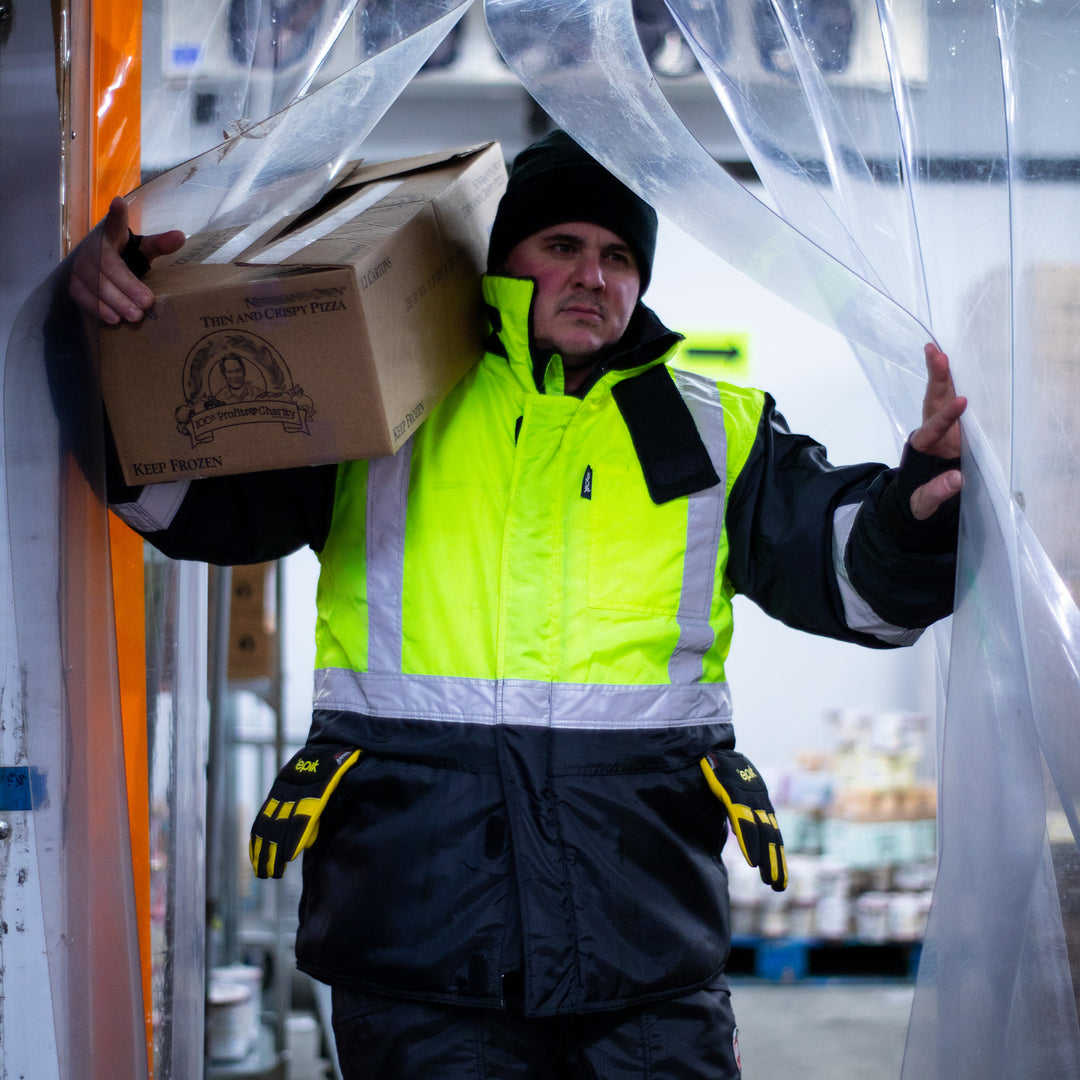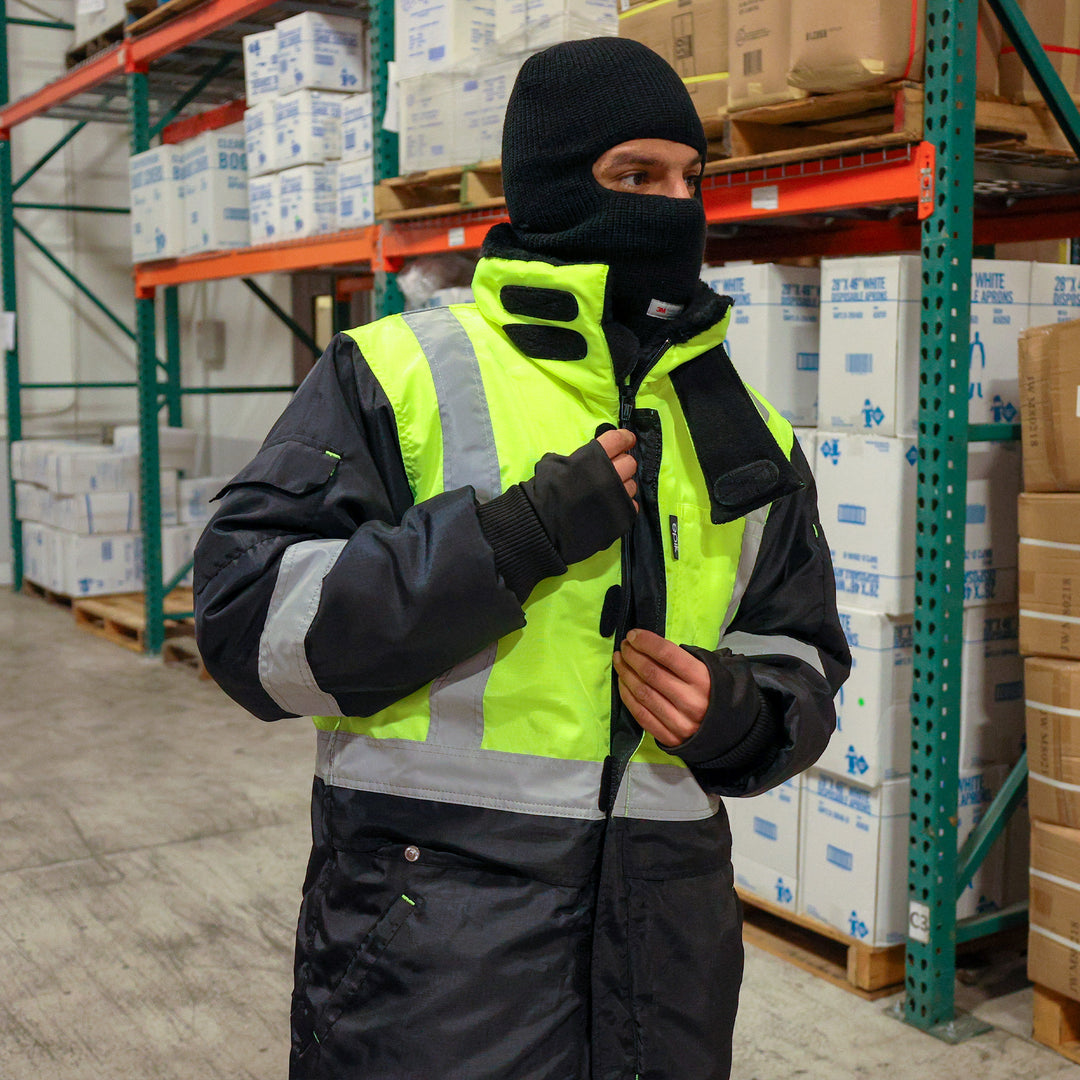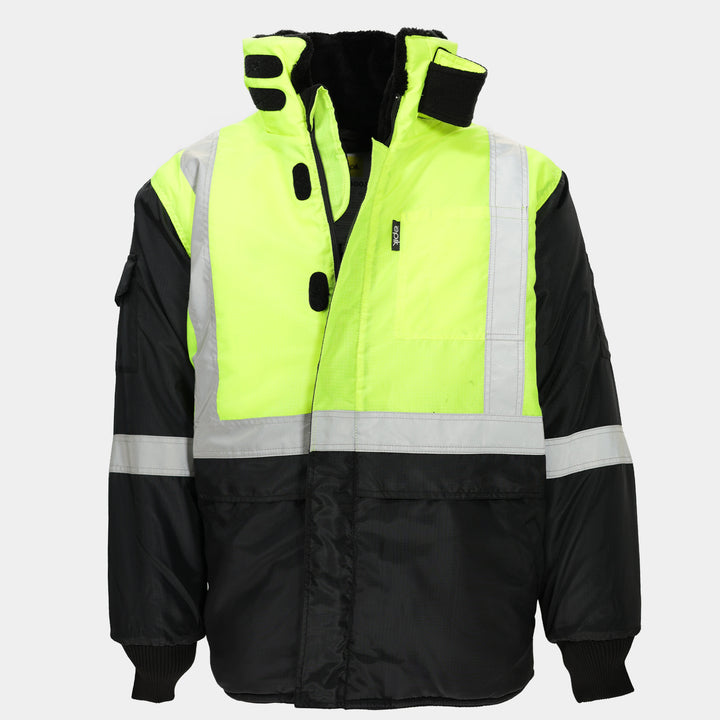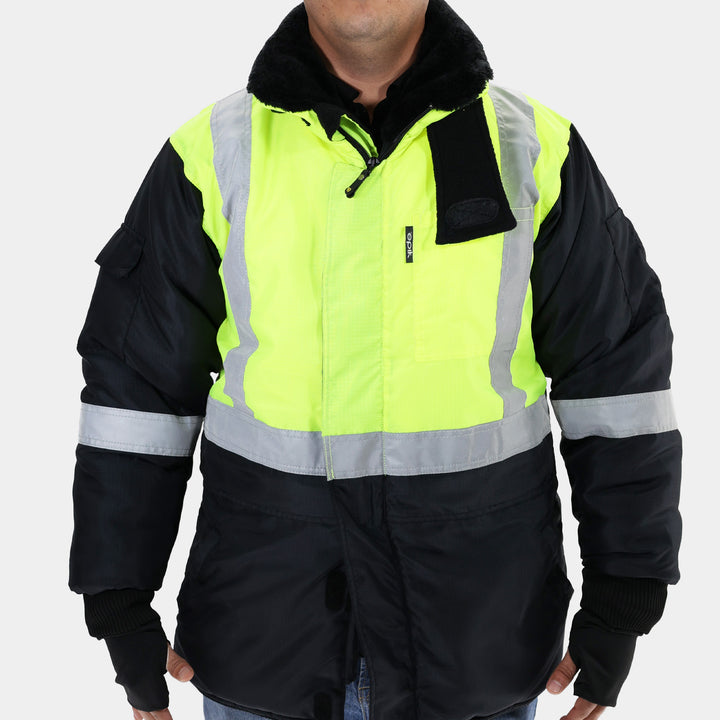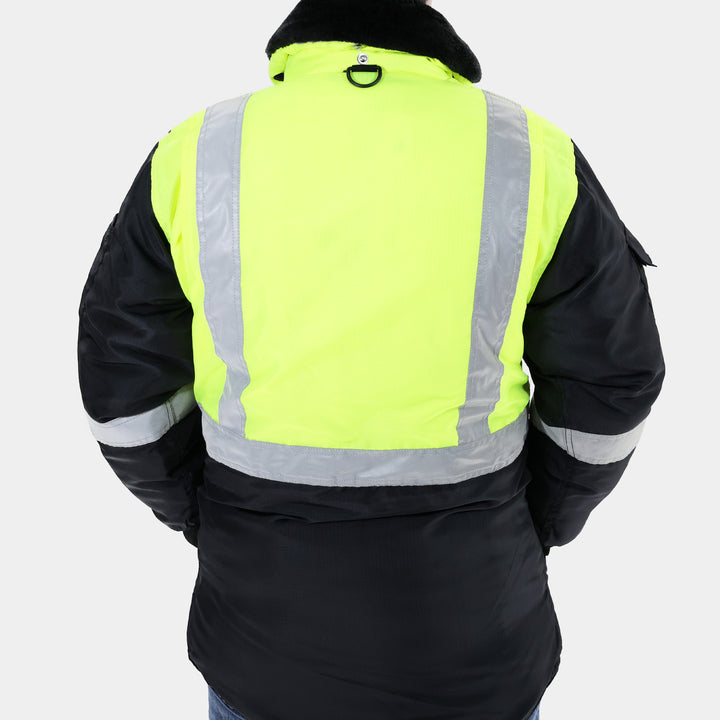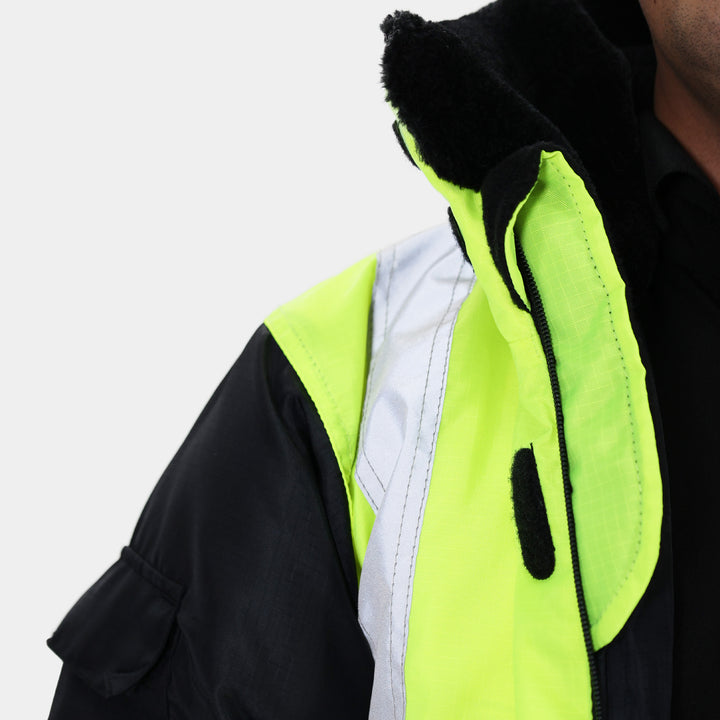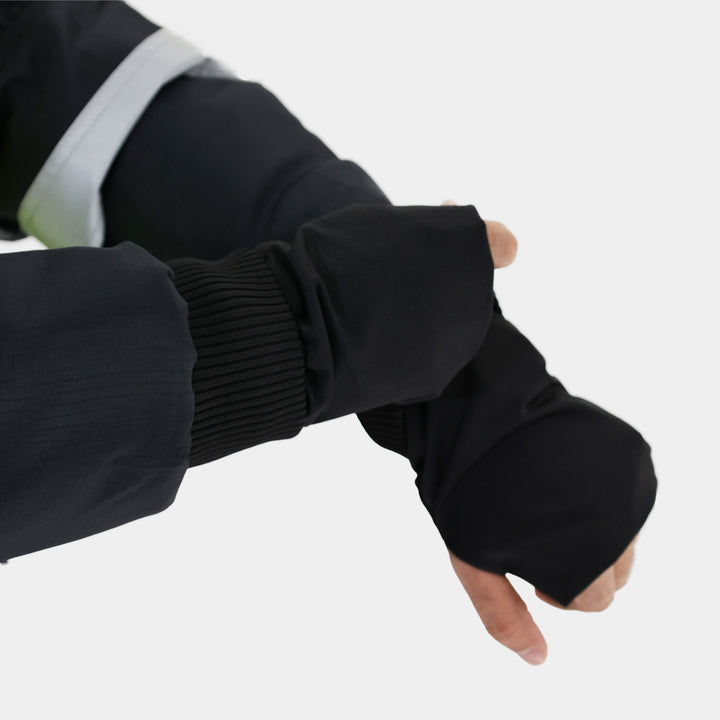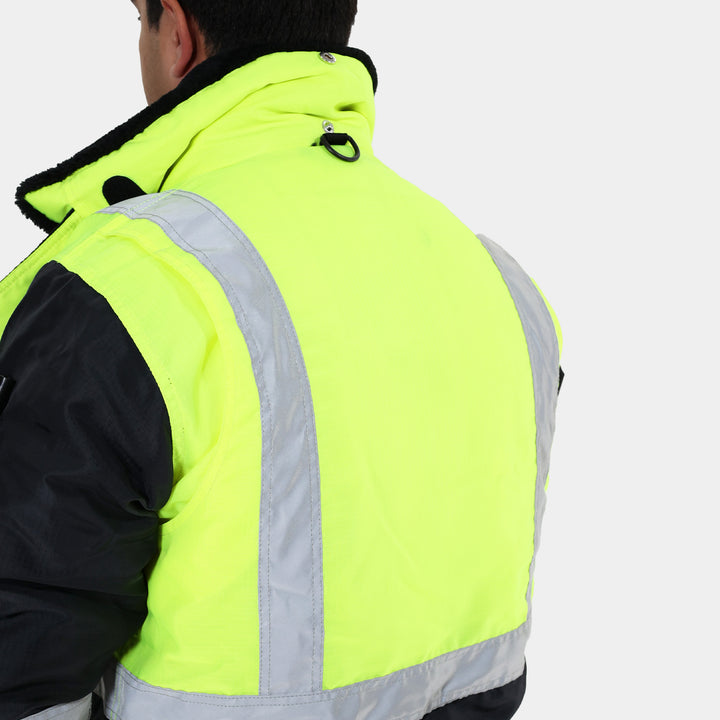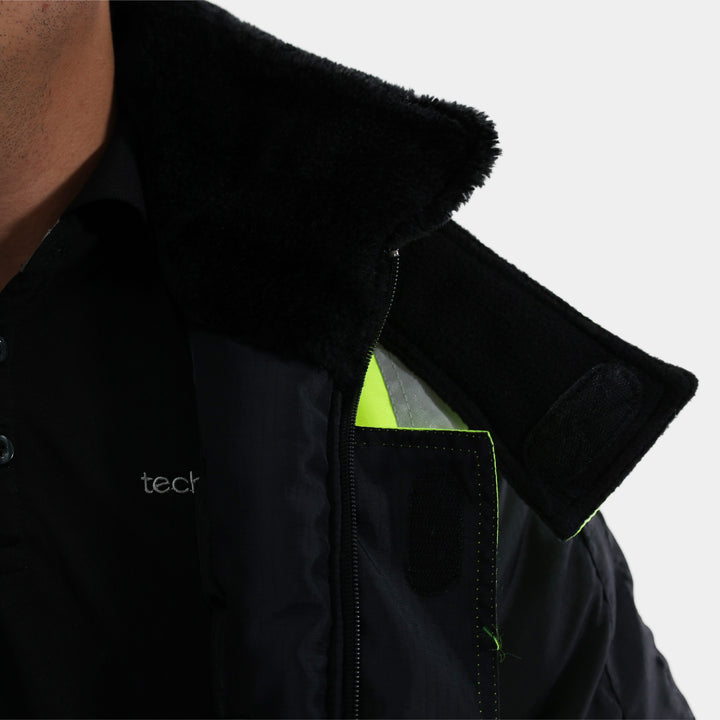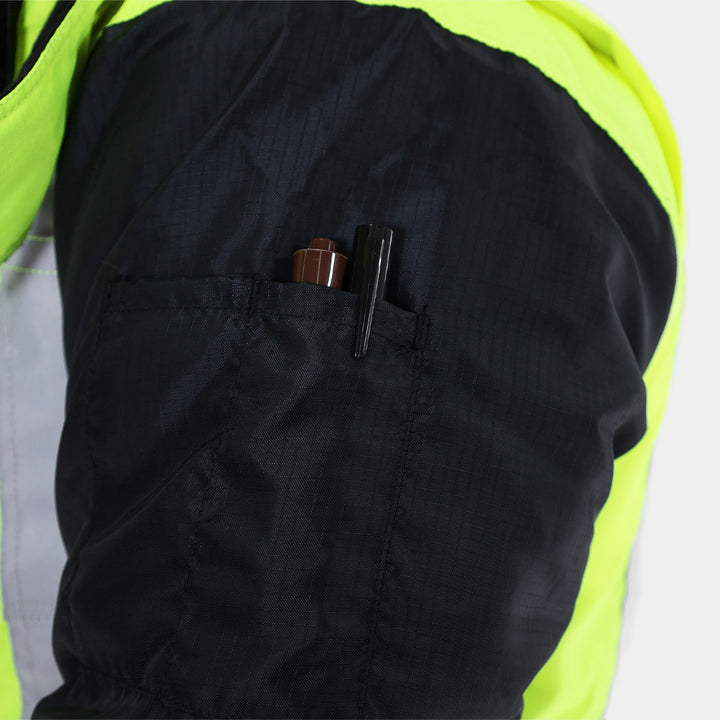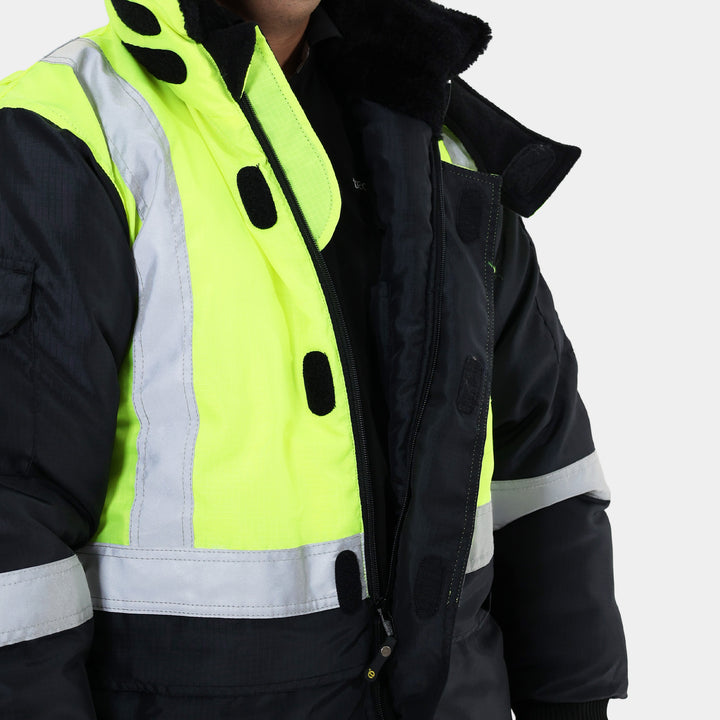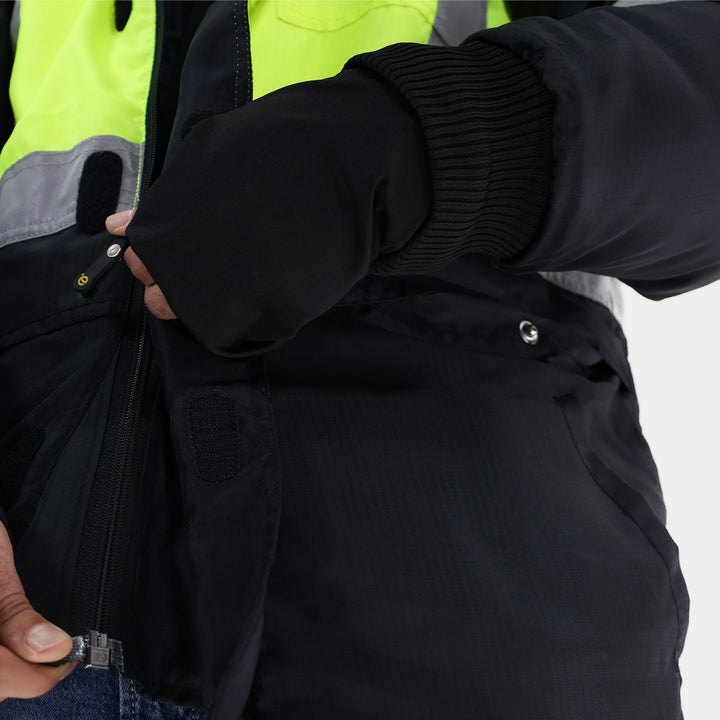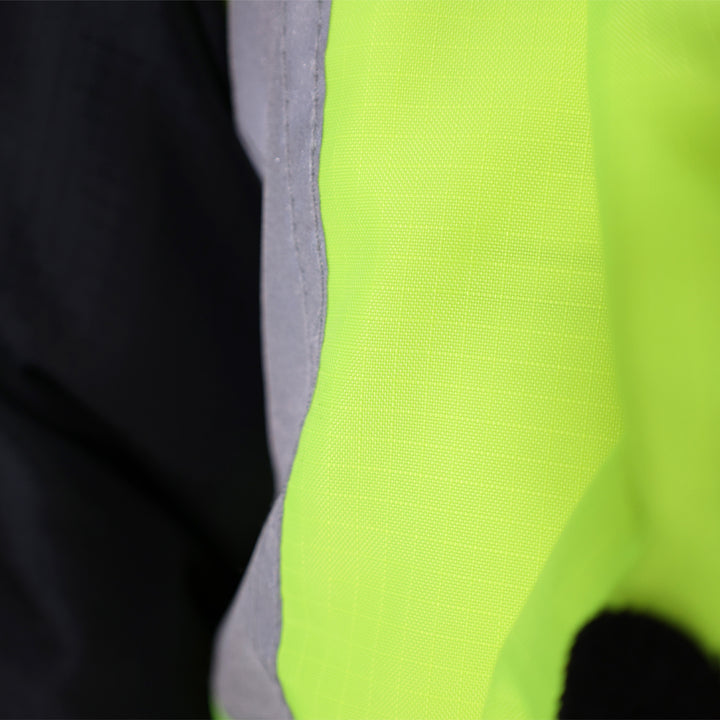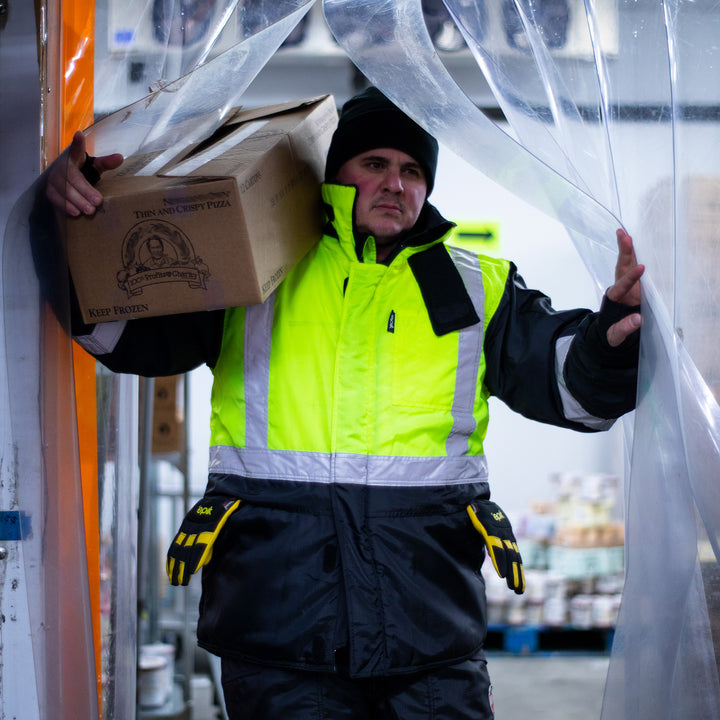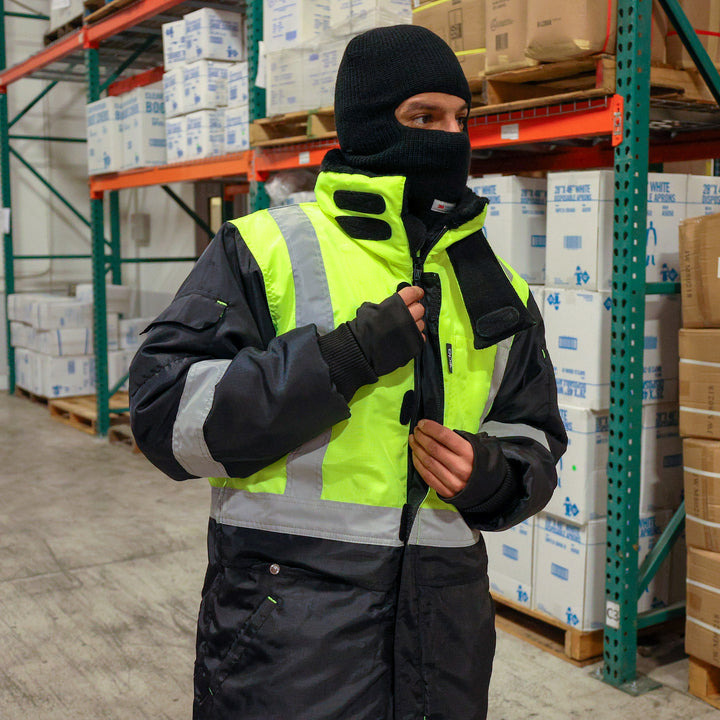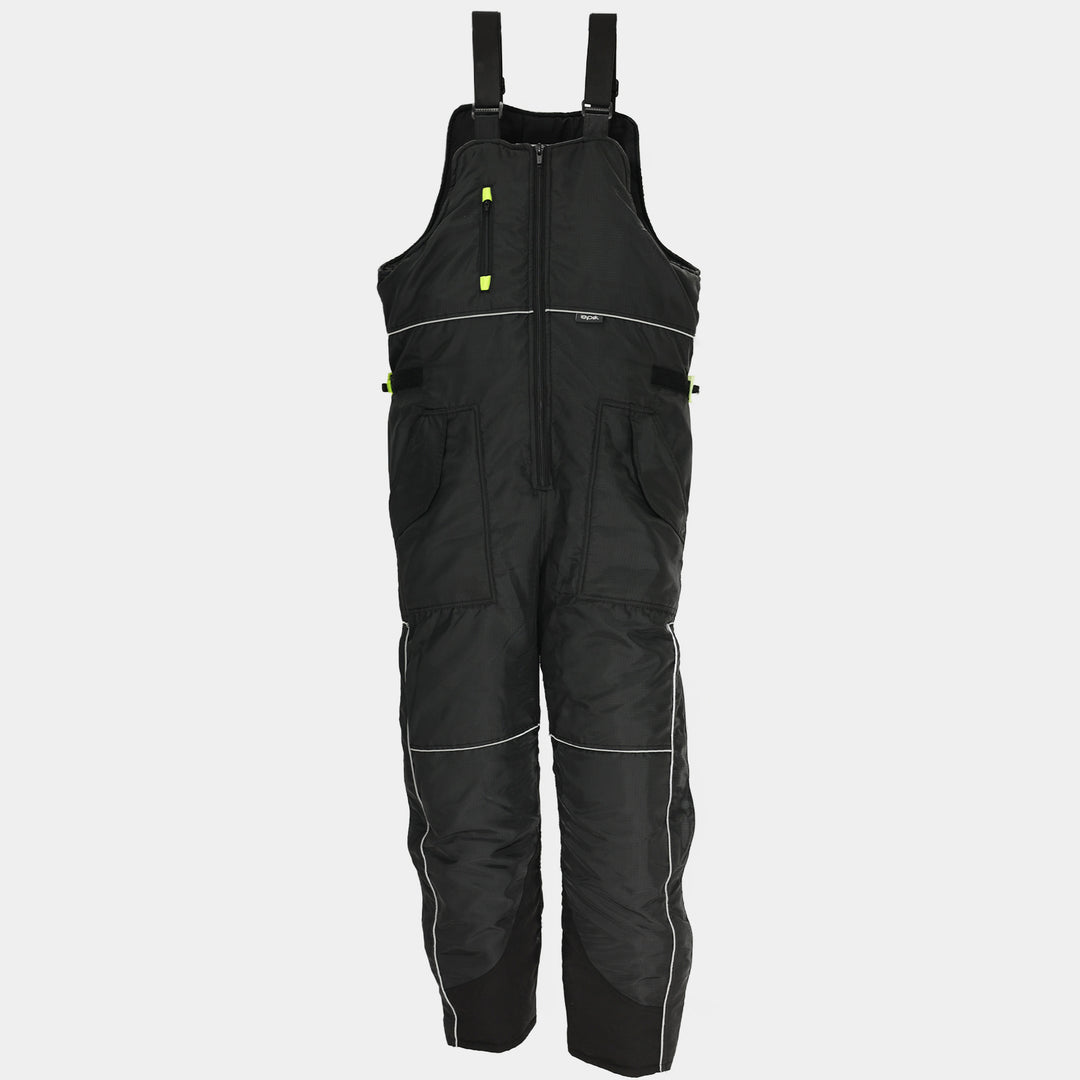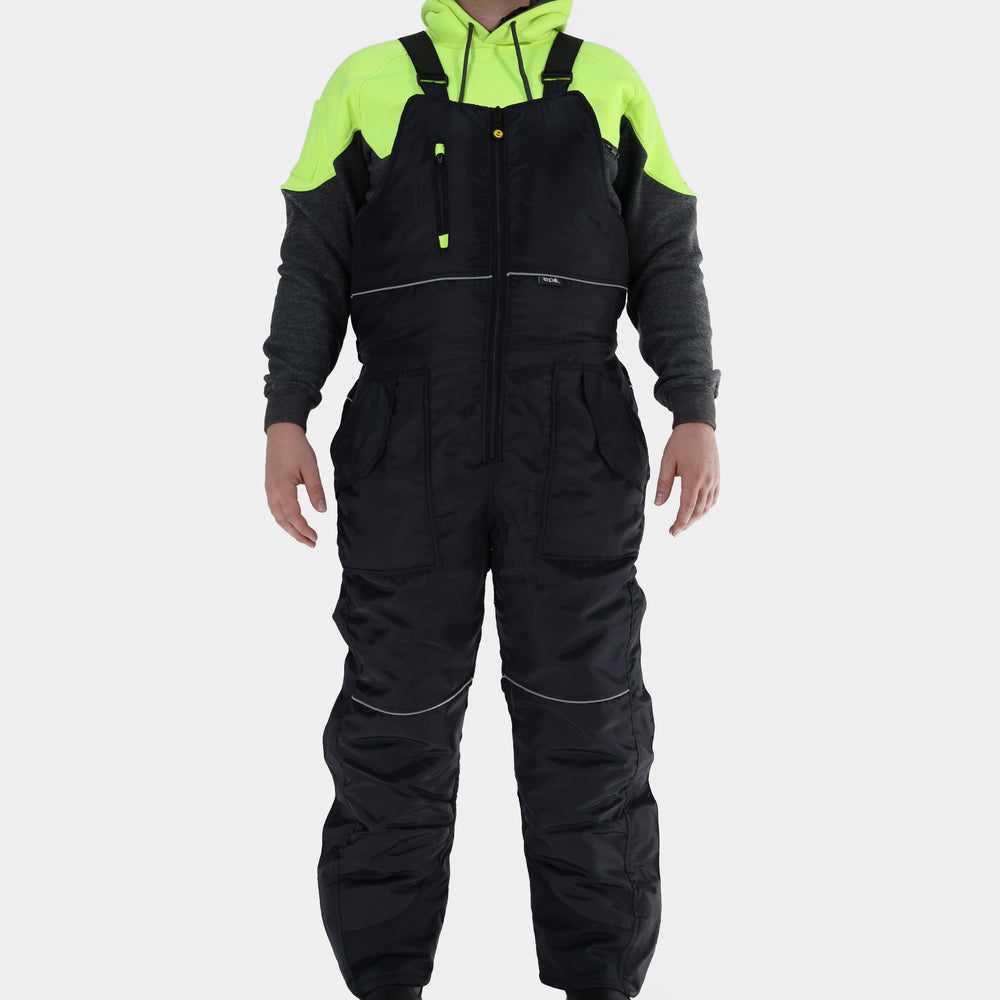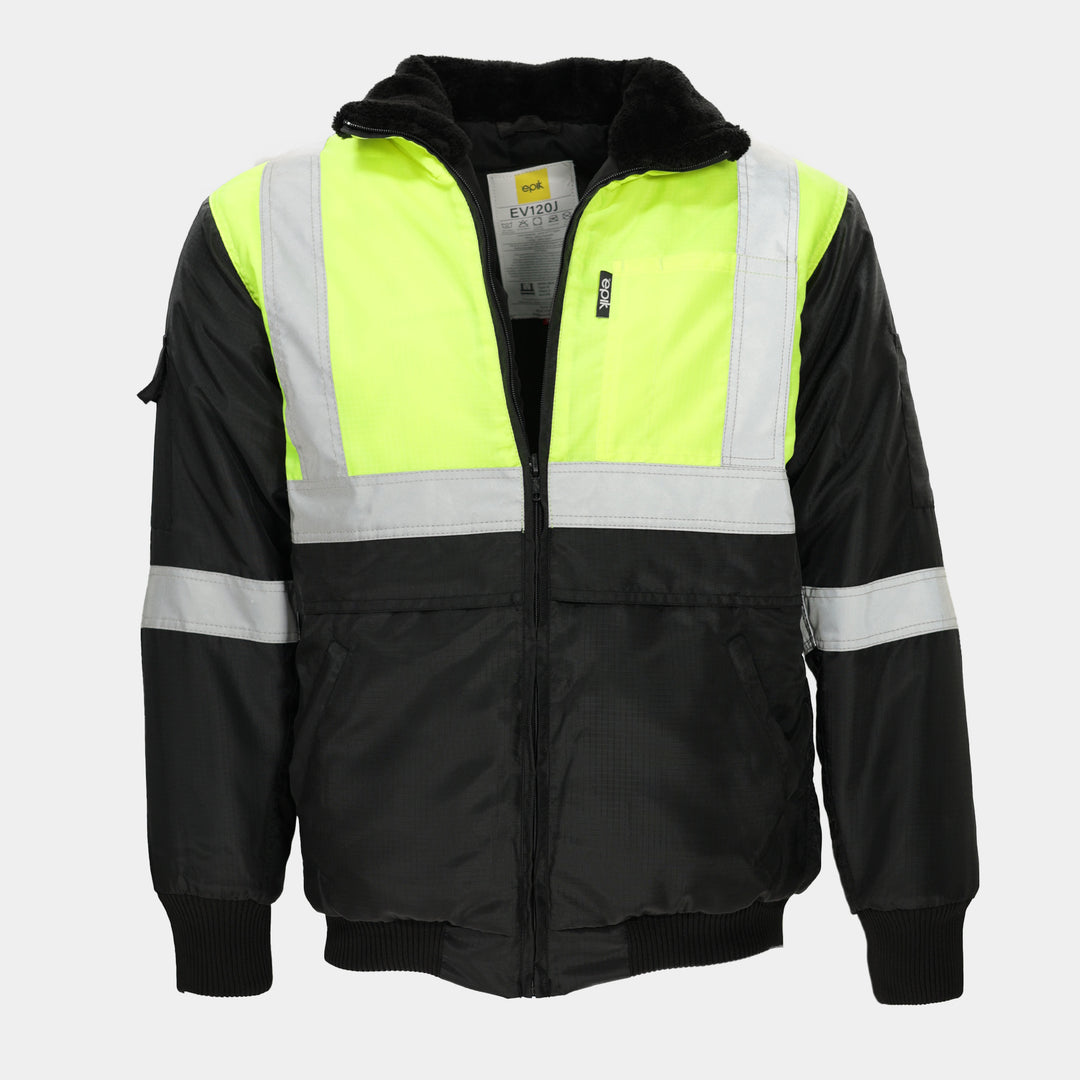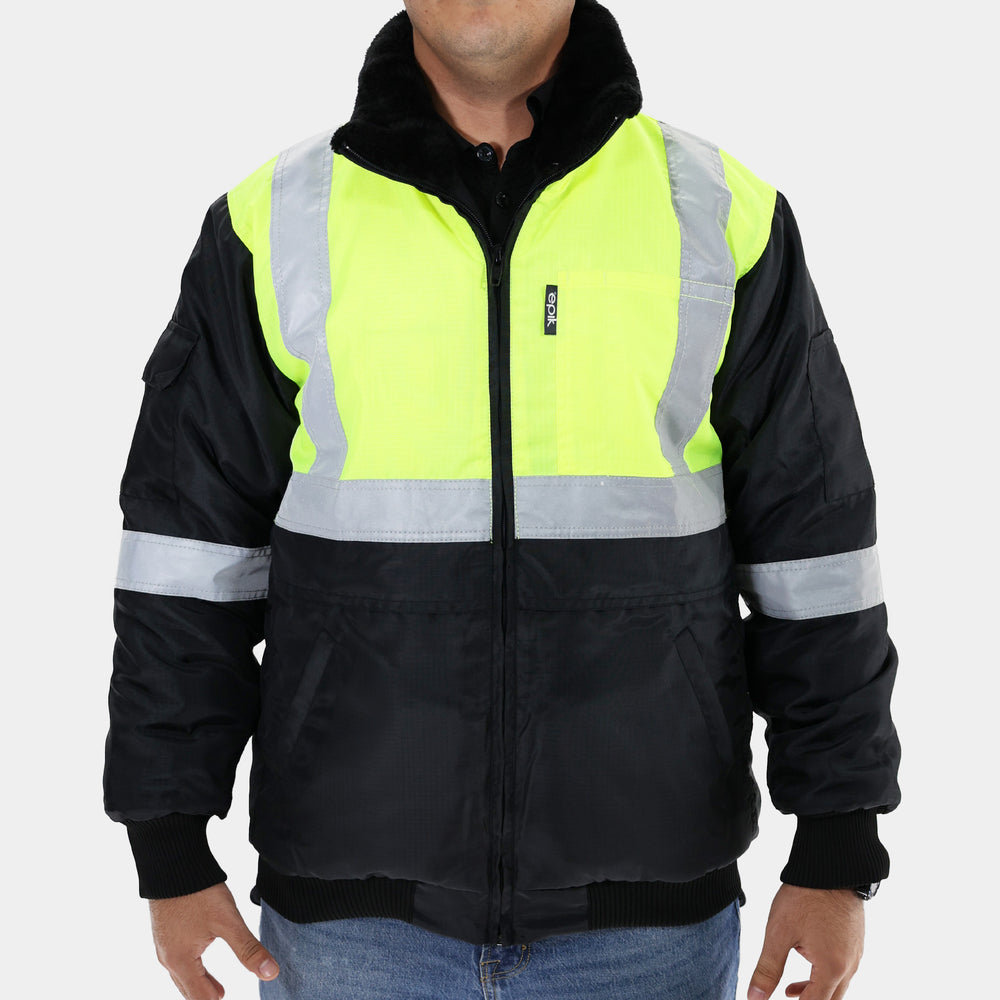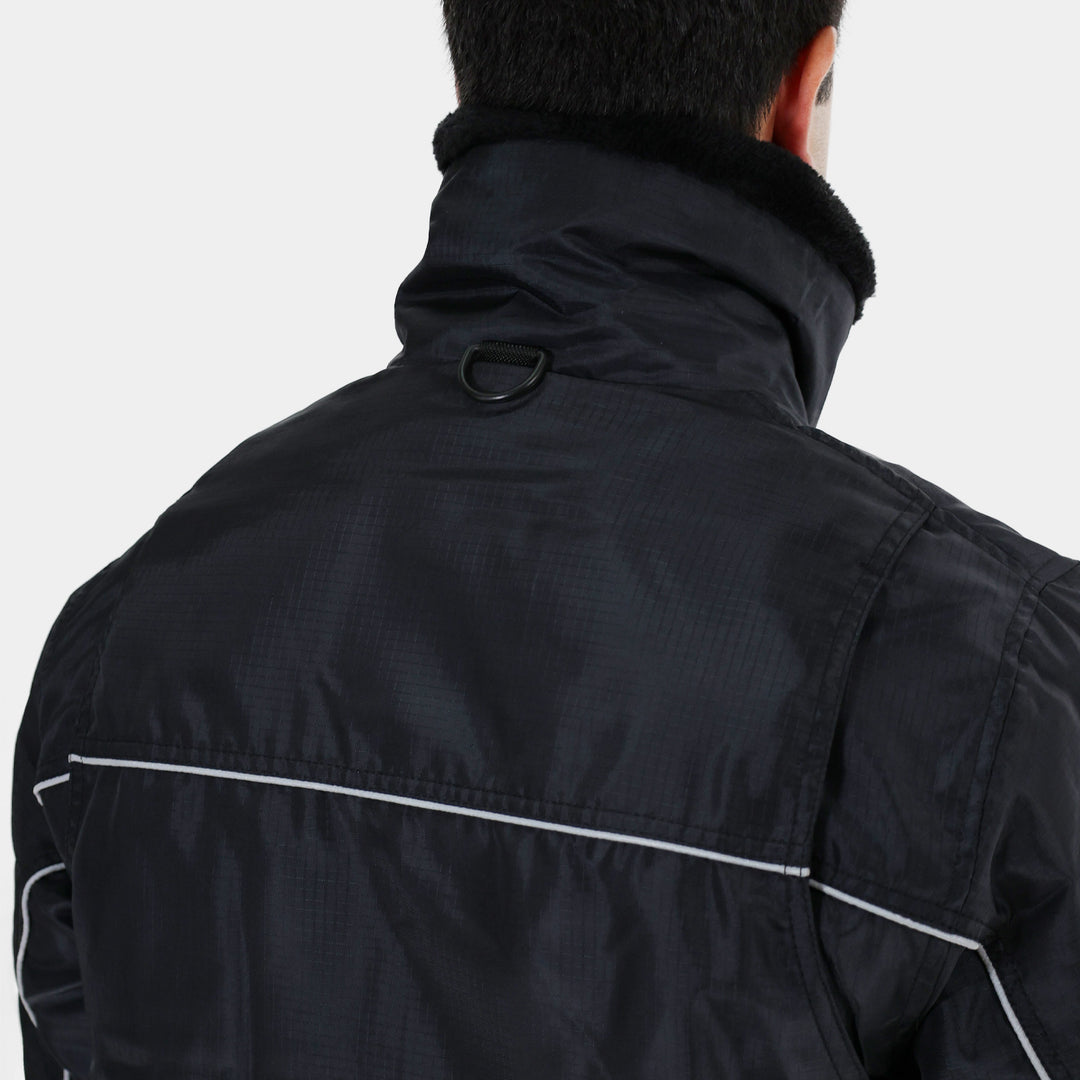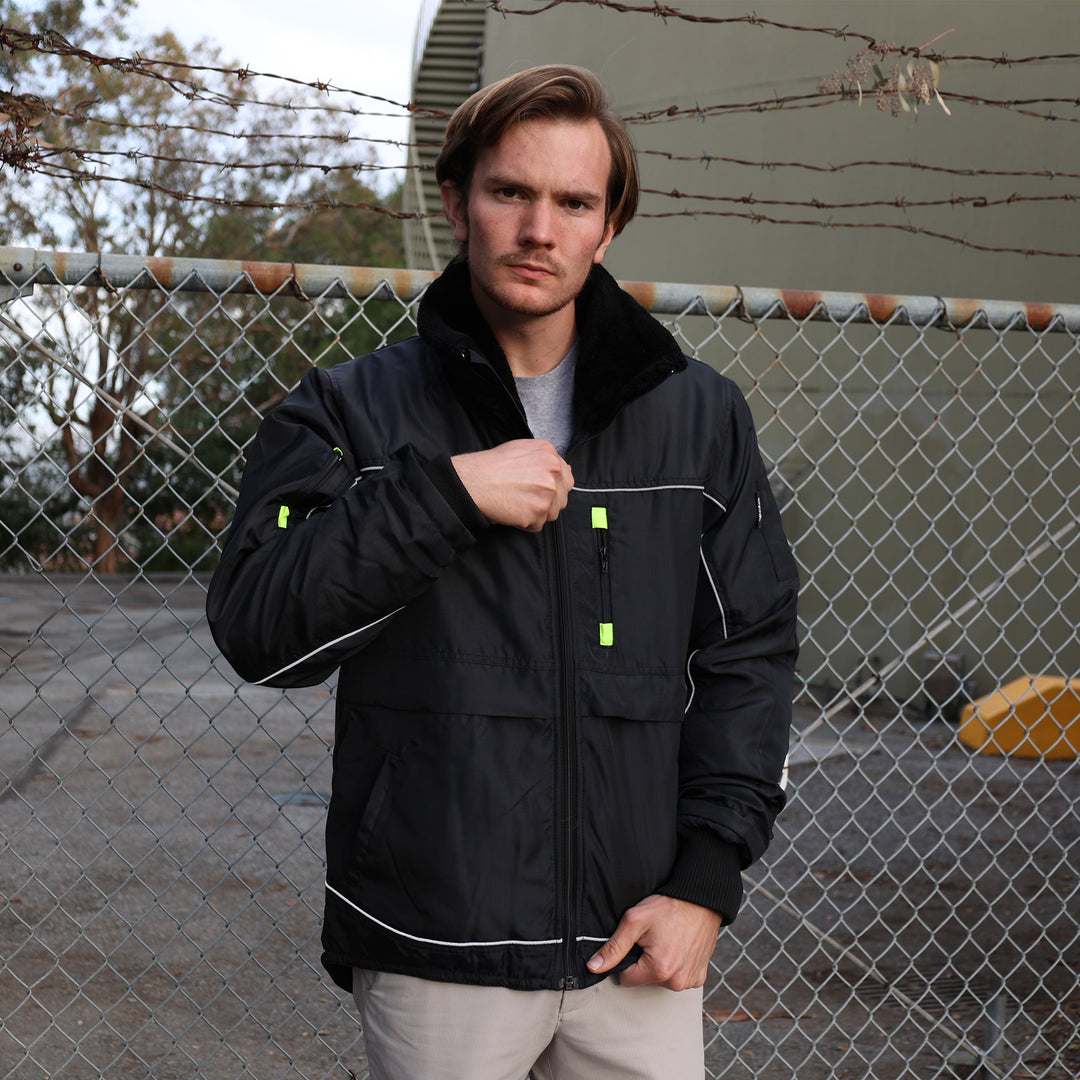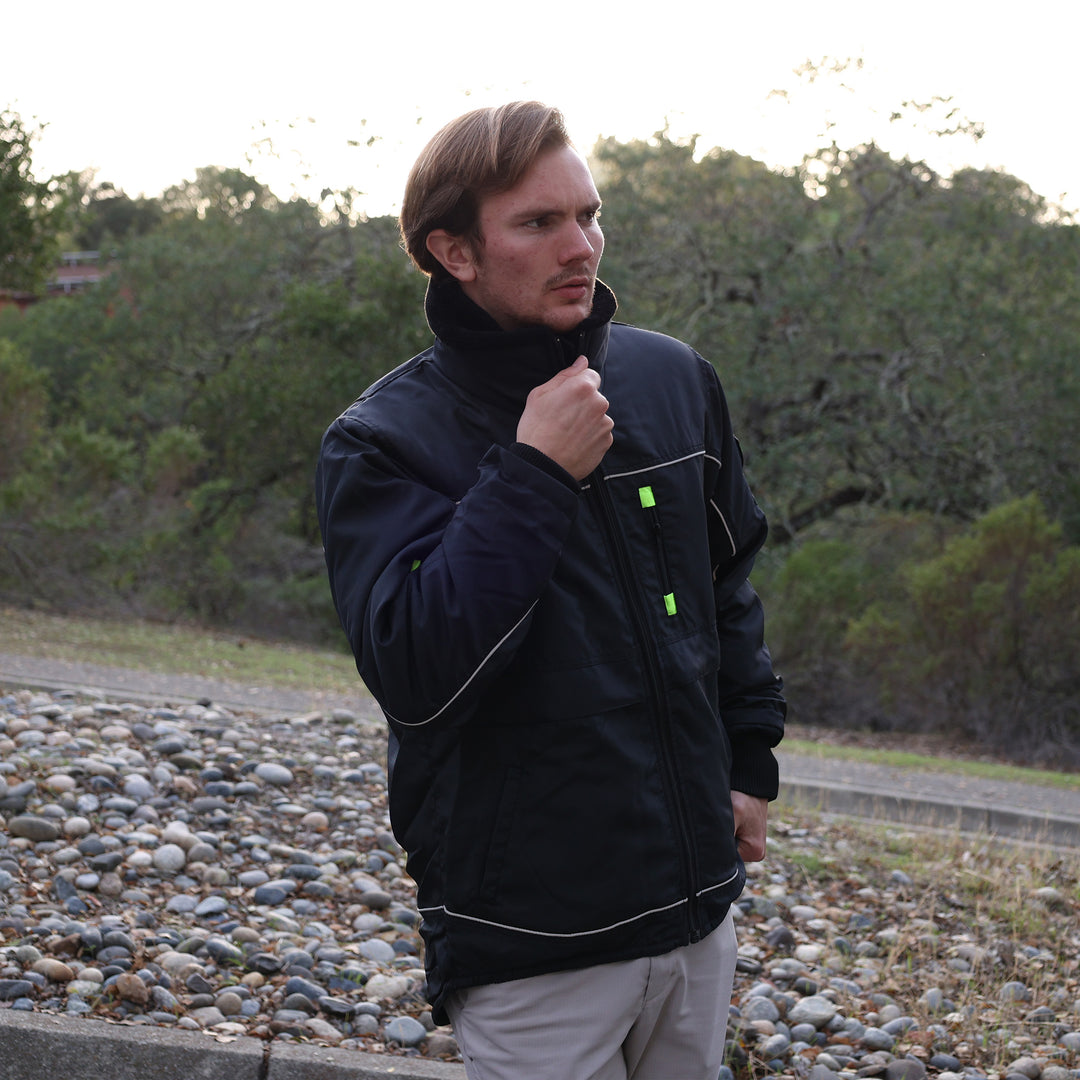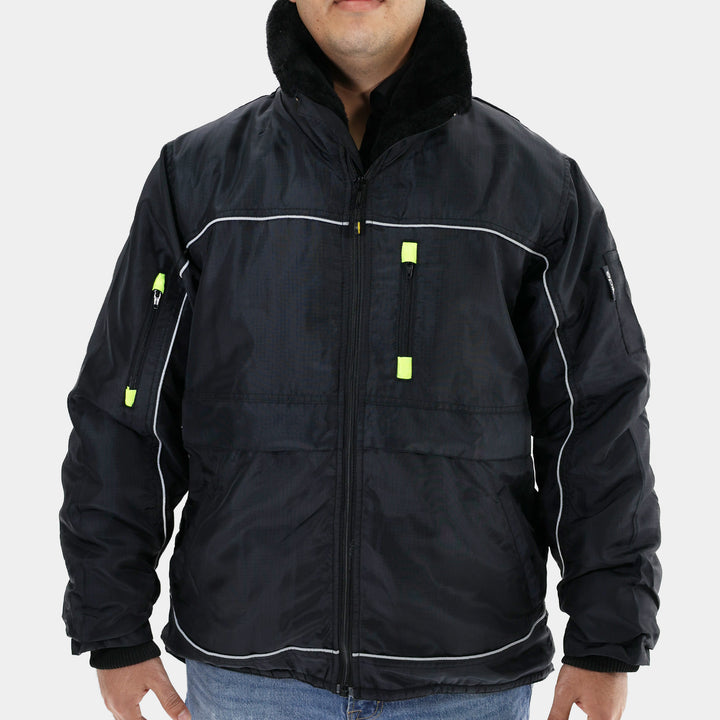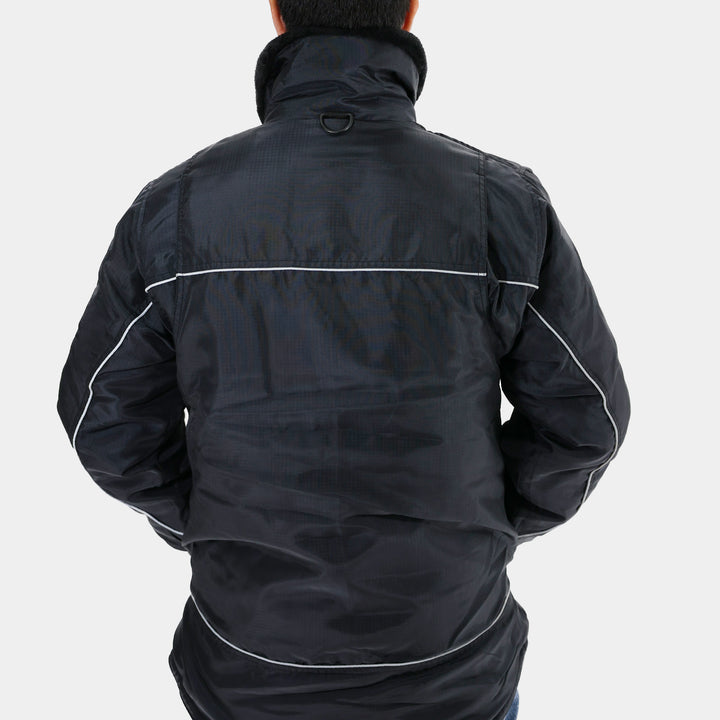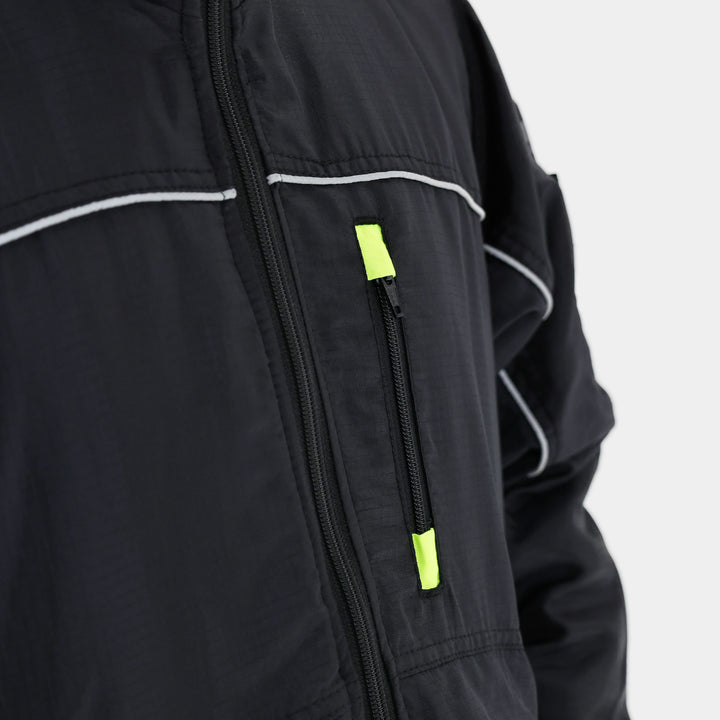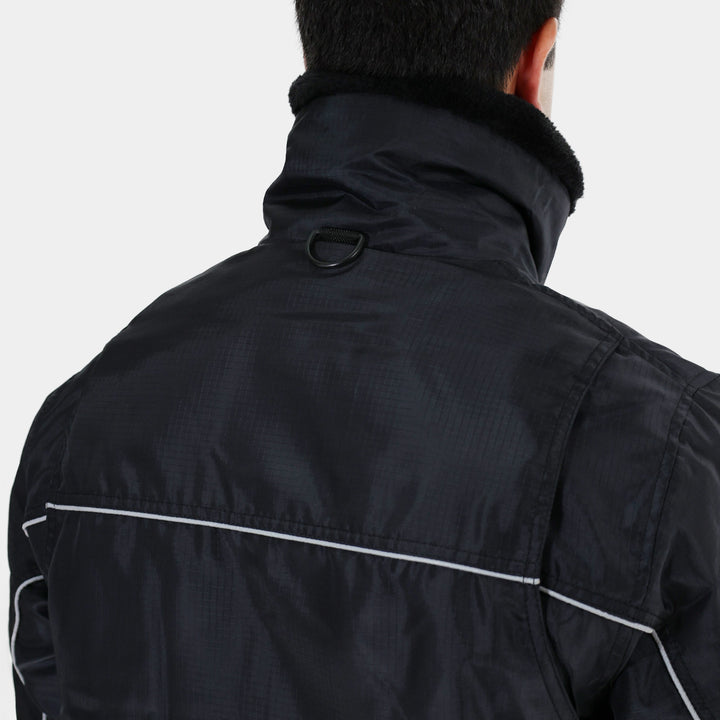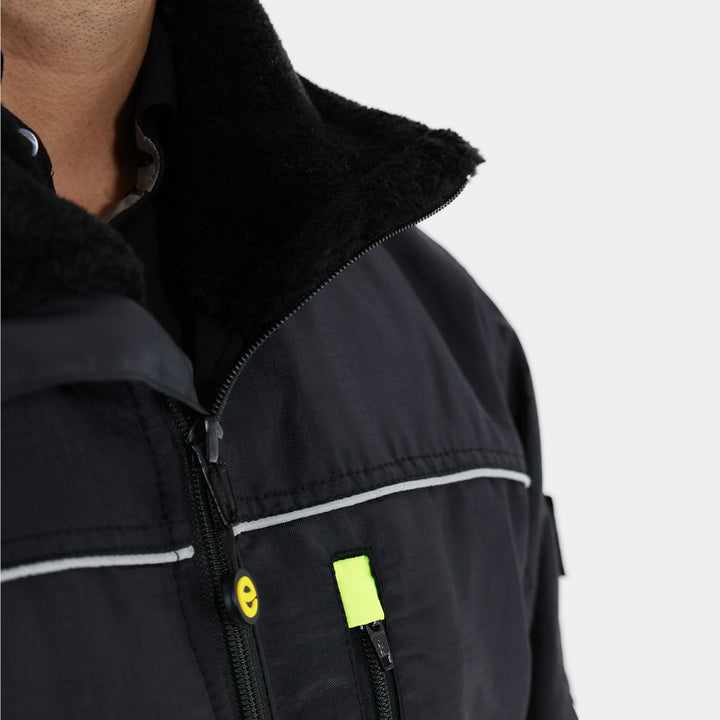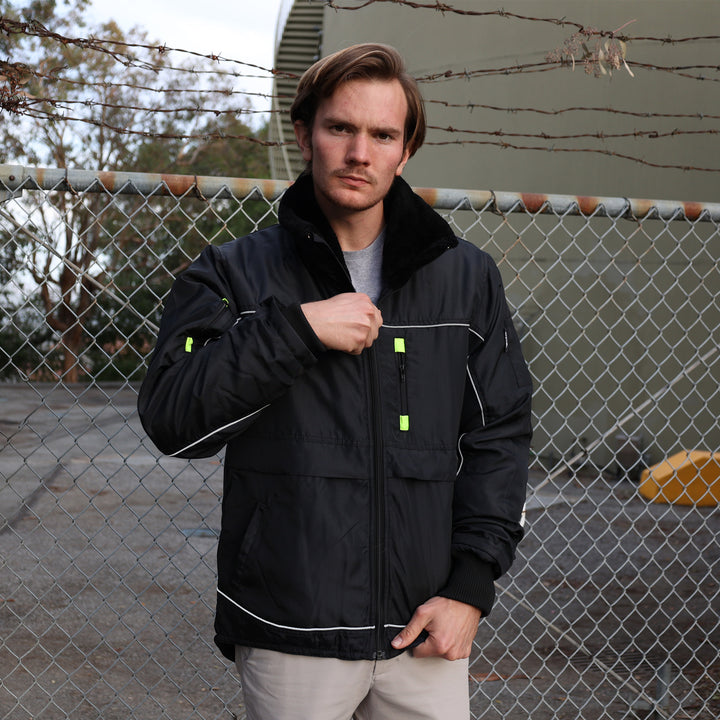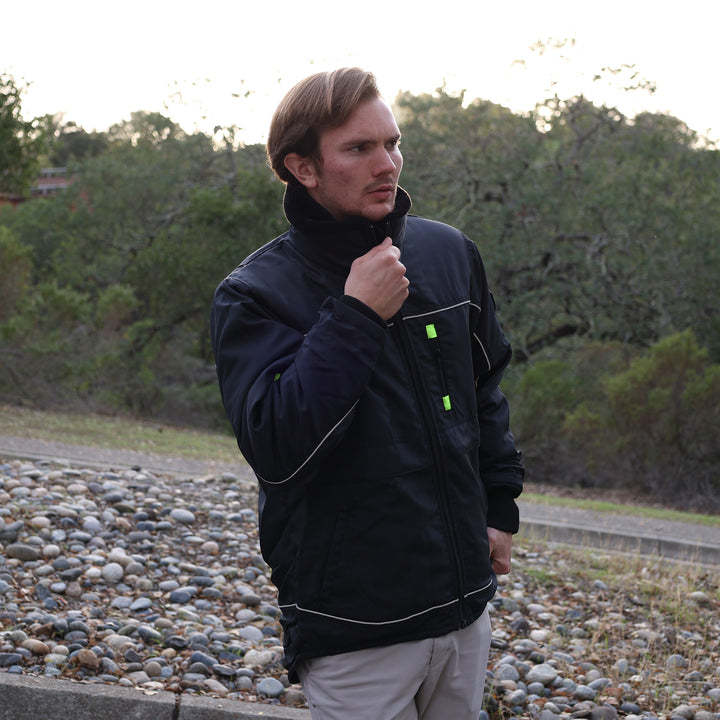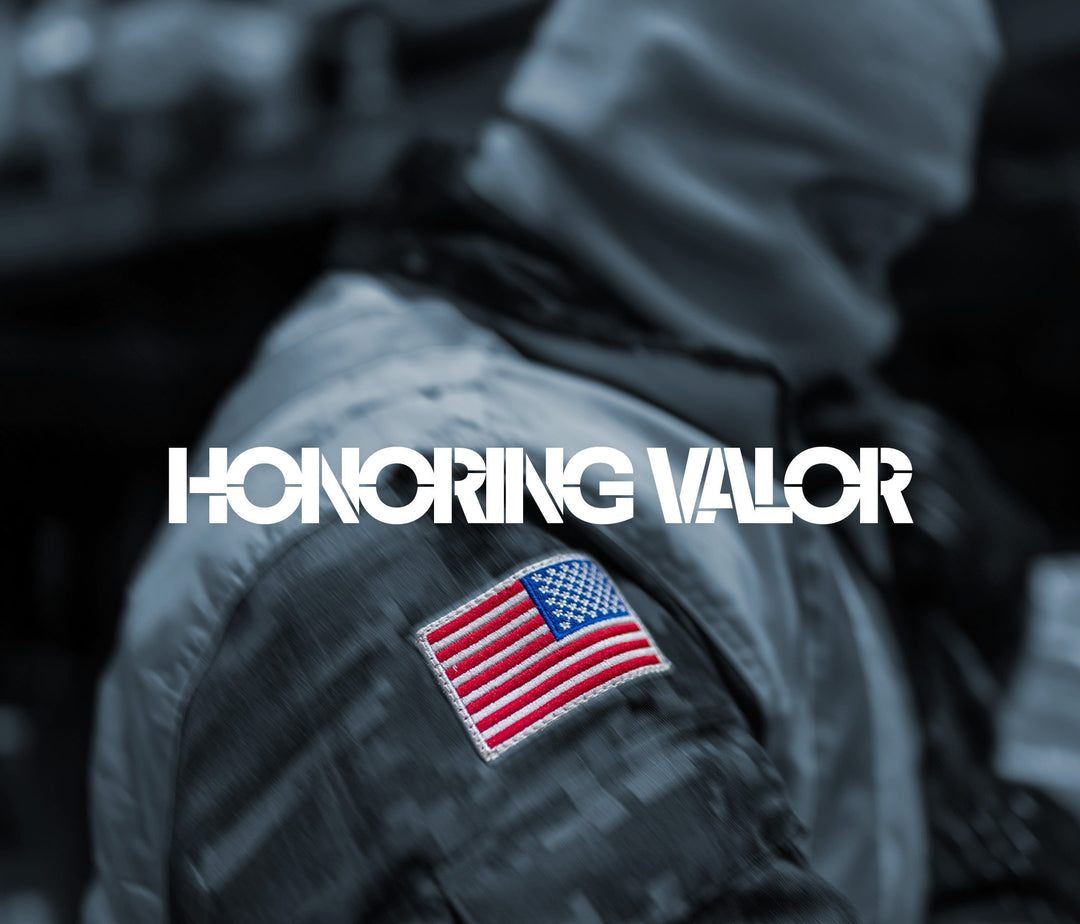Biting Back: A Frostbite Overview and methods of protection in Cold Work Environments
With the summer closing for 2022, America is preparing for a cold winter. Here at Epik, we design cold storage clothing for those working in subzero temperatures. Working in harsh climates is no easy task; dropping temperatures call for some strategic solutions. Today, we will explain one of the most dangerous symptoms of freezing temperatures: Frostbite.
According to mayoclinic.org, "Frostbite is an injury caused by freezing of the skin and underlying tissues". It occurs when the human body is exposed to freezing temperatures. Skin can respond with a pricking feeling, numbness, or changing skin tones or inflammation. Depending on the individual wear, frostbite can occur within 30 minutes in temperatures below 0°F. Under -15°F, symptoms can begin as quickly as 15 minutes.
Because frostbite is freezing your skin cells, there is a varying level of "bite." Like a burn, frostbite is categorized into three classes: mild/frostnip, superficial, and deep/severe frostbite.
Frostnip (2) is mild frostbite that irritates the skin, causing a change in skin color and a cold feeling followed by numbness. Frostnip doesn't permanently damage the skin and can be treated with first-aid measures. With superficial frostbite (3), the skin feels warm. A fluid-filled blister may appear 12 to 36 hours after rewarming the skin. With deep frostbite (4), you may experience numbness. Joints or muscles may stop working. Large blisters from 24 to 48 hours after rewarming. The tissue turns black and hard as it dies" (Mayo Clinic).
The severity of frostbite becomes a common nightmare with dysfunctioning limbs and muscles. But in most common cases, superficial frostbite can be a hindrance to working. Of course, no one wants irritating blisters and skin damage, so let's explore some solutions.
Because we supply the Cold Storage industry, Epik provides solutions for working in subzero temperatures. Cold Storage provides warehouse logistics, fulfillment, and delivery of frozen or chilled foods across the country for those unaware. Brave men and women work in brutal environments to keep the country fed. There are many steps to providing a safe work environment in the cold, but your attire is the armor on the frontline. Here are things to consider when gearing up for the cold:
- Insulation: Epik workwear is sleek and stealthy, packed with different insulation levels. It's rated at GSM, which stands for grams per square meter. Our Reflex pro gear is packed with 300 GSM, an impressive weight for the jacket size. The workwear's heavy insulation is ready for subzero temperatures. If you're looking for something lighter, our Reflex line of apparel is rated at 120 GSM, a perfect balance for active working in freezing conditions. We also provide hoodies and quilted jackets, a more lightweight option. These garments are still great for working in the cold but consider lower insulation by task, activity level, and temperature.
- Windchill: Wind can quickly decrease temperatures. Products like our Reflex Bibs offer different fasteners to block airflow. In addition, venting systems are essential to maintain desirable temperatures.
- Water-resistance: Water can be dangerous in the cold. Garments that absorb water can freeze in cold conditions, reducing movement and warmth. The Reflex line is perfect for staying dry.
- Movement: Easy flexibility and movement are crucial to warm. Our Reflex products are impressively flexible, with patent-pending designs to keep your entire range of motion.
All in all, clothing is an essential tool in fighting frostbite. You might not be experiencing extreme frostbite, but the cold can slow you down if you are unprepared. So, whether you work, live, or encounter the cold, be equipped and ready to overpower the elements.
References:
Staff, Mayo Clinic. "Frostbite." Mayo Clinic, Mayo Foundation for Medical Education and Research, 27 Apr. 2022, https://www.mayoclinic.org/diseases-conditions/frostbite/symptoms-causes/syc-20372656.




